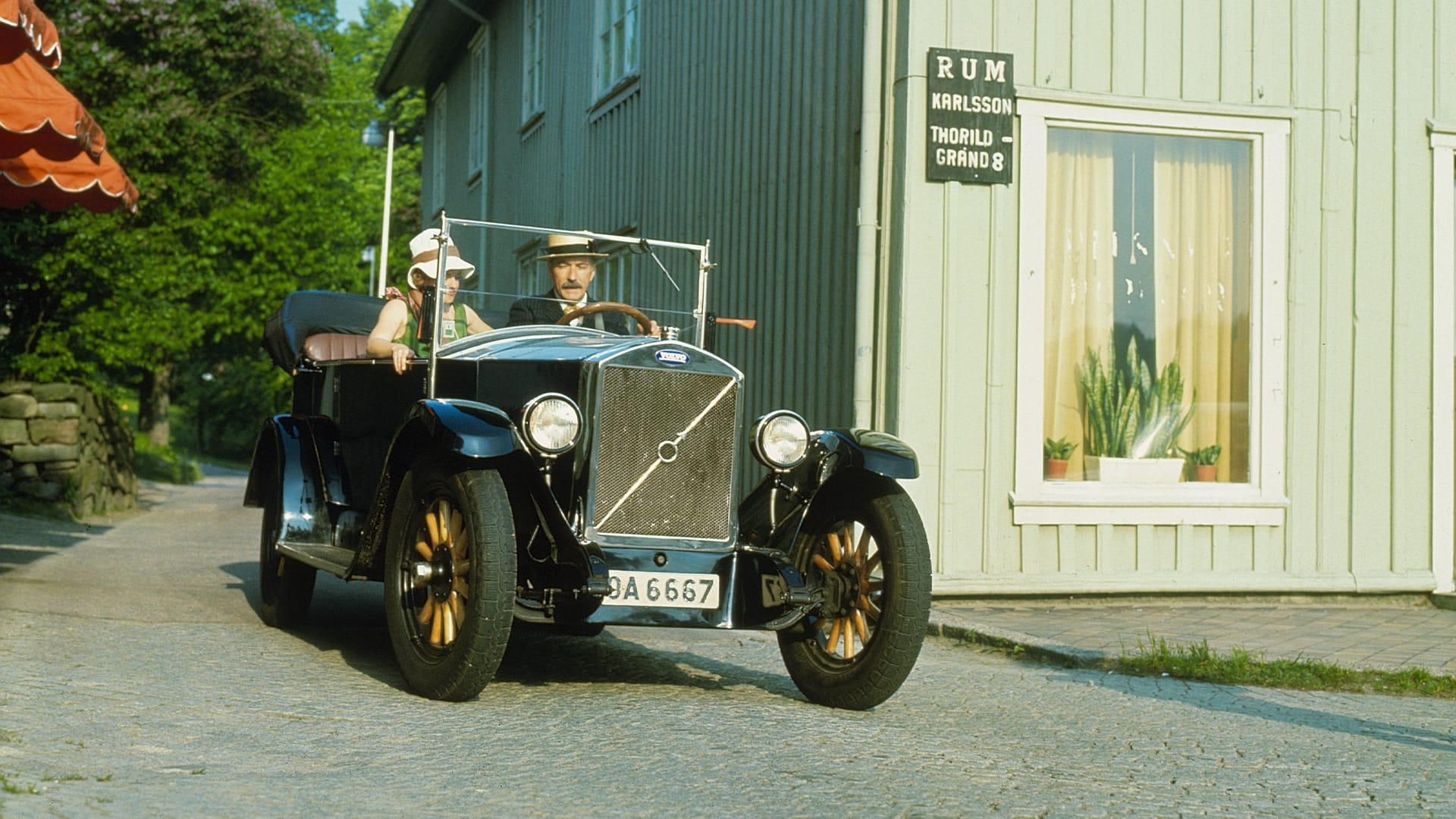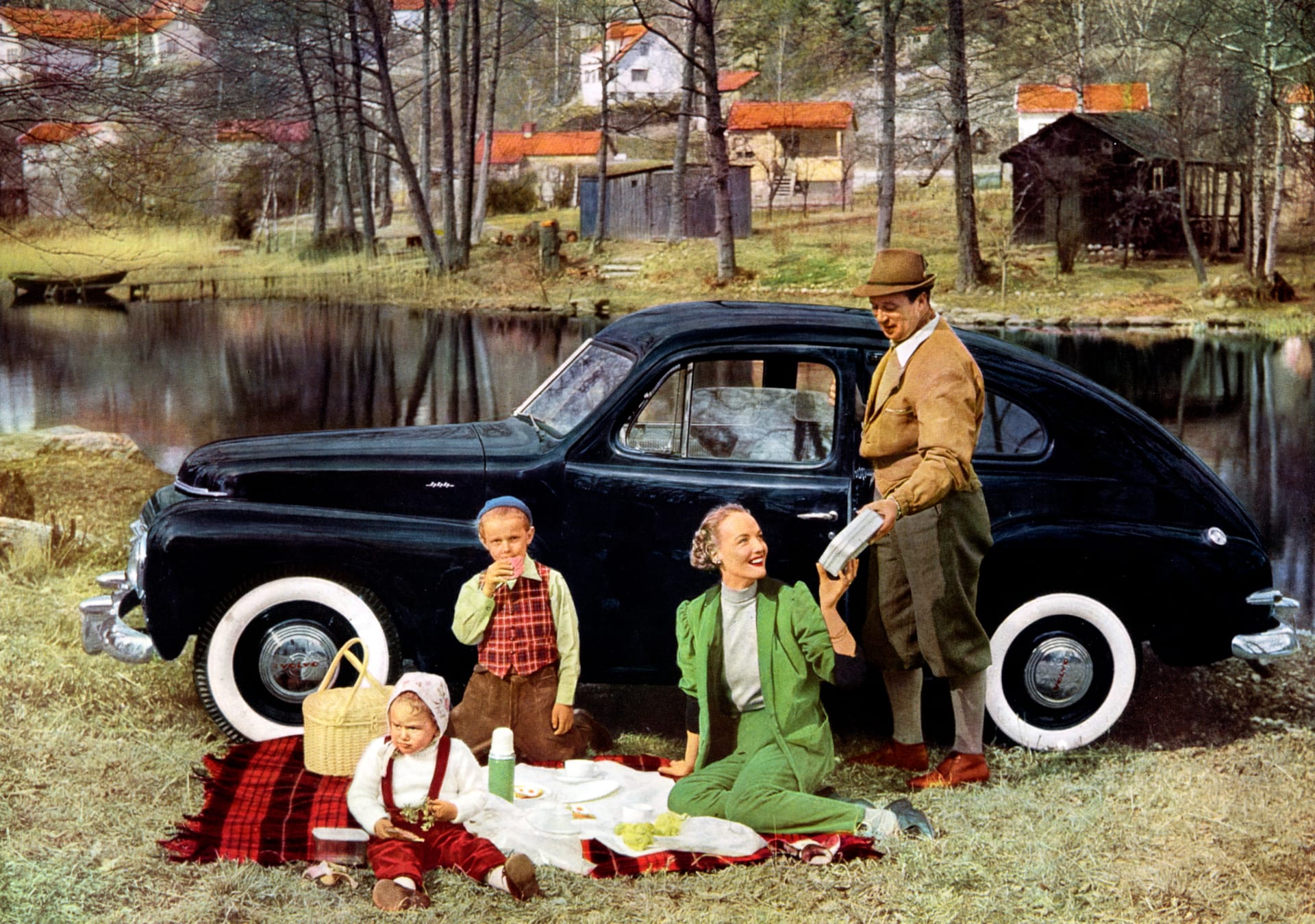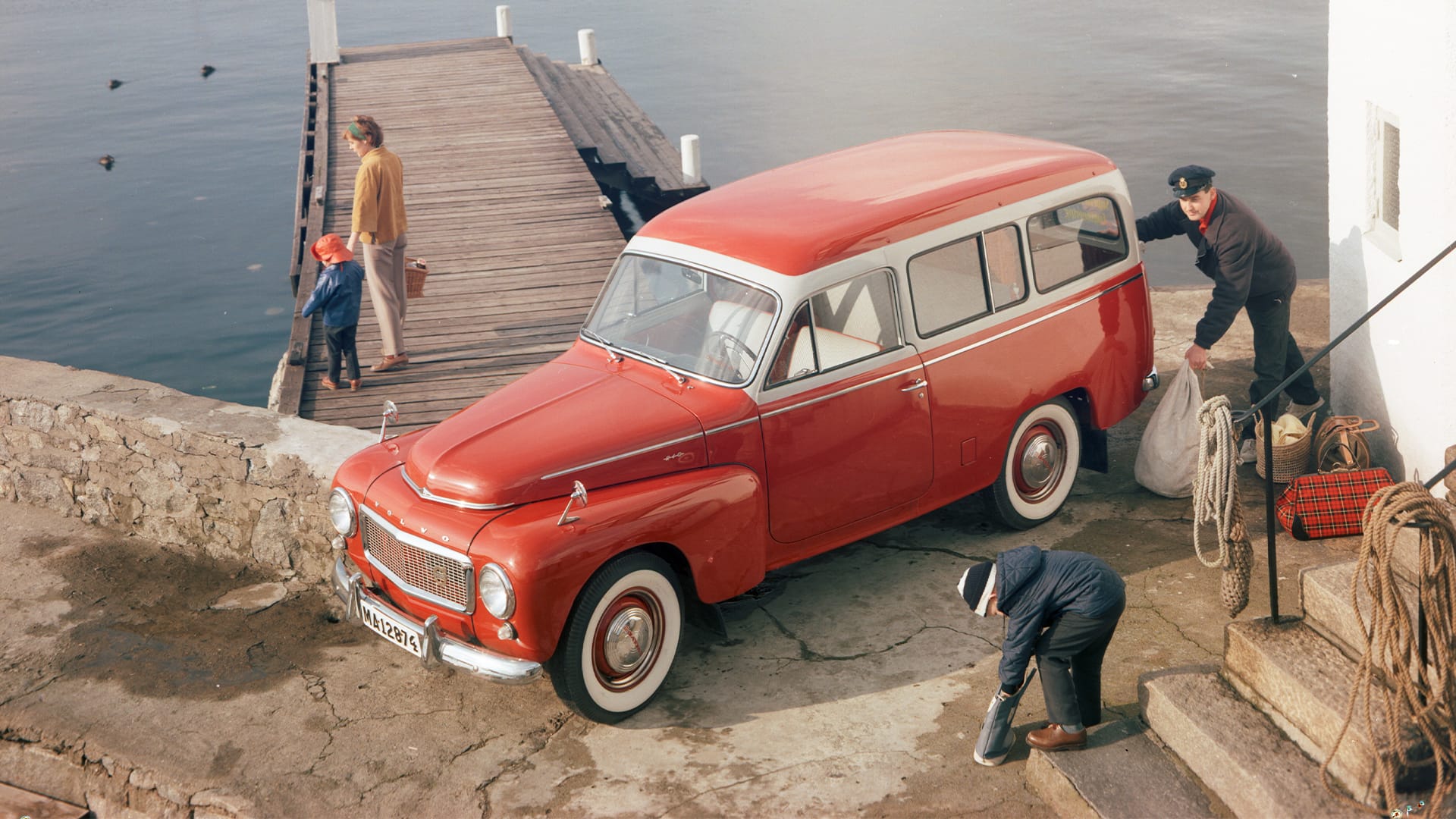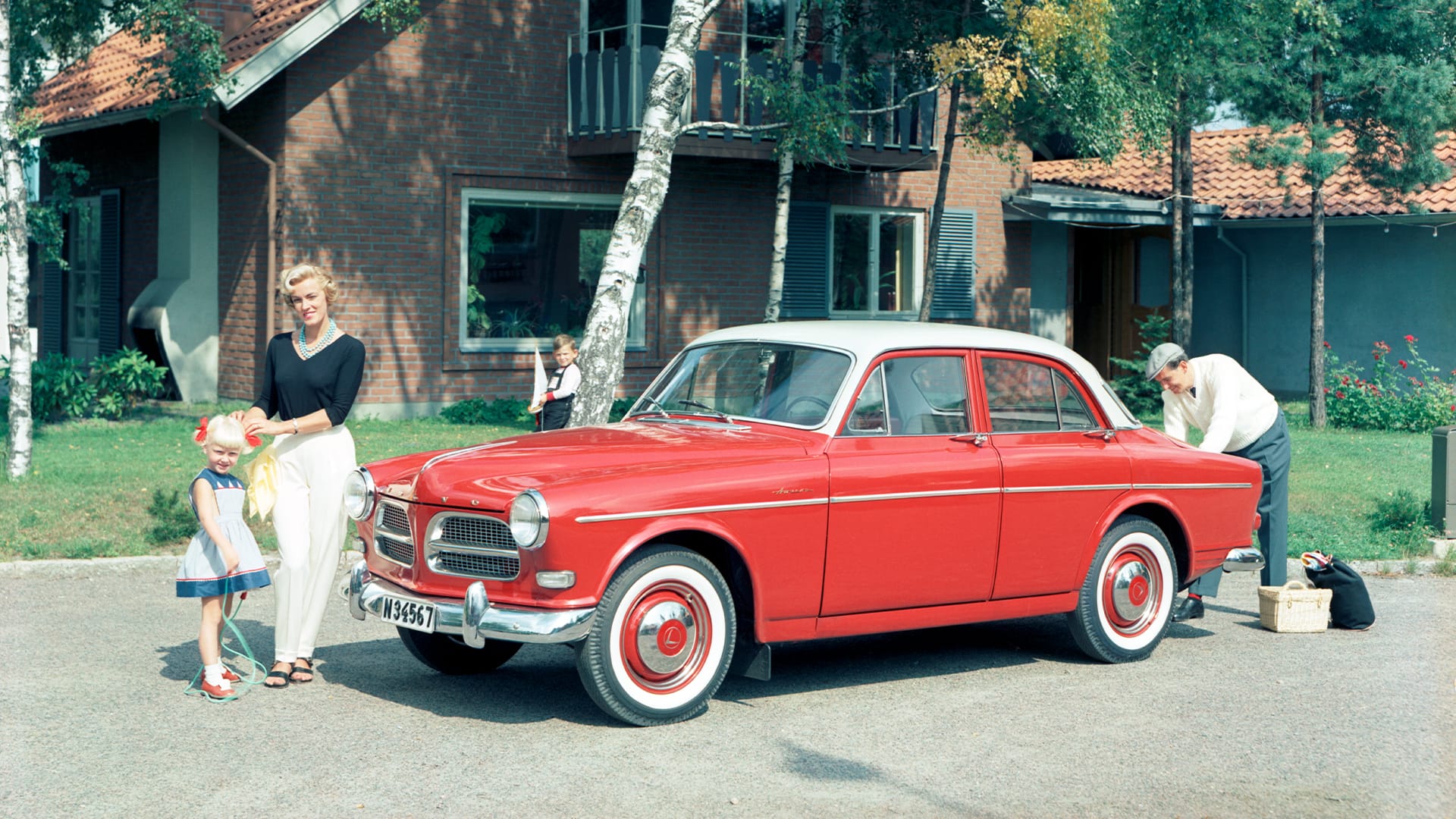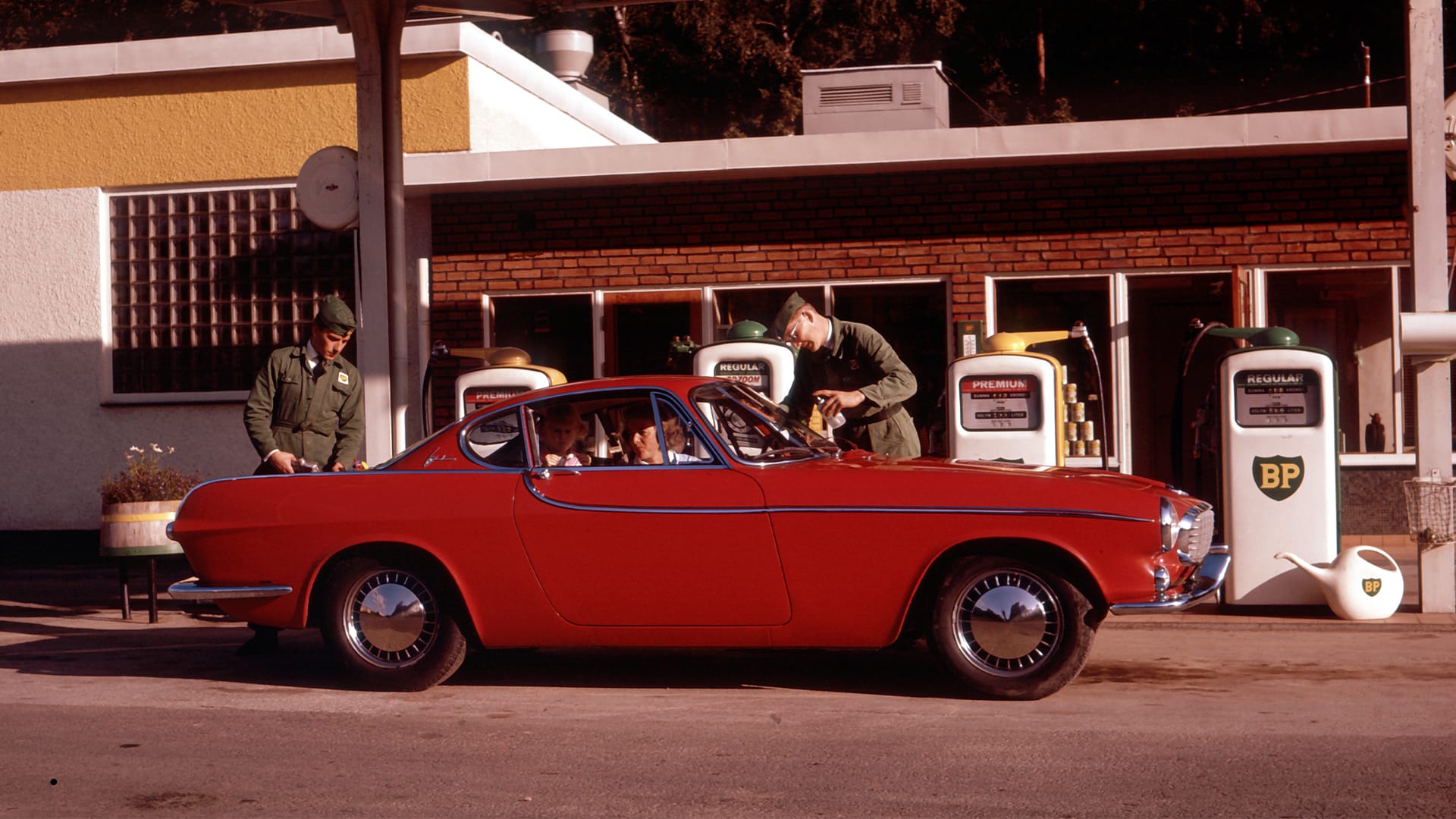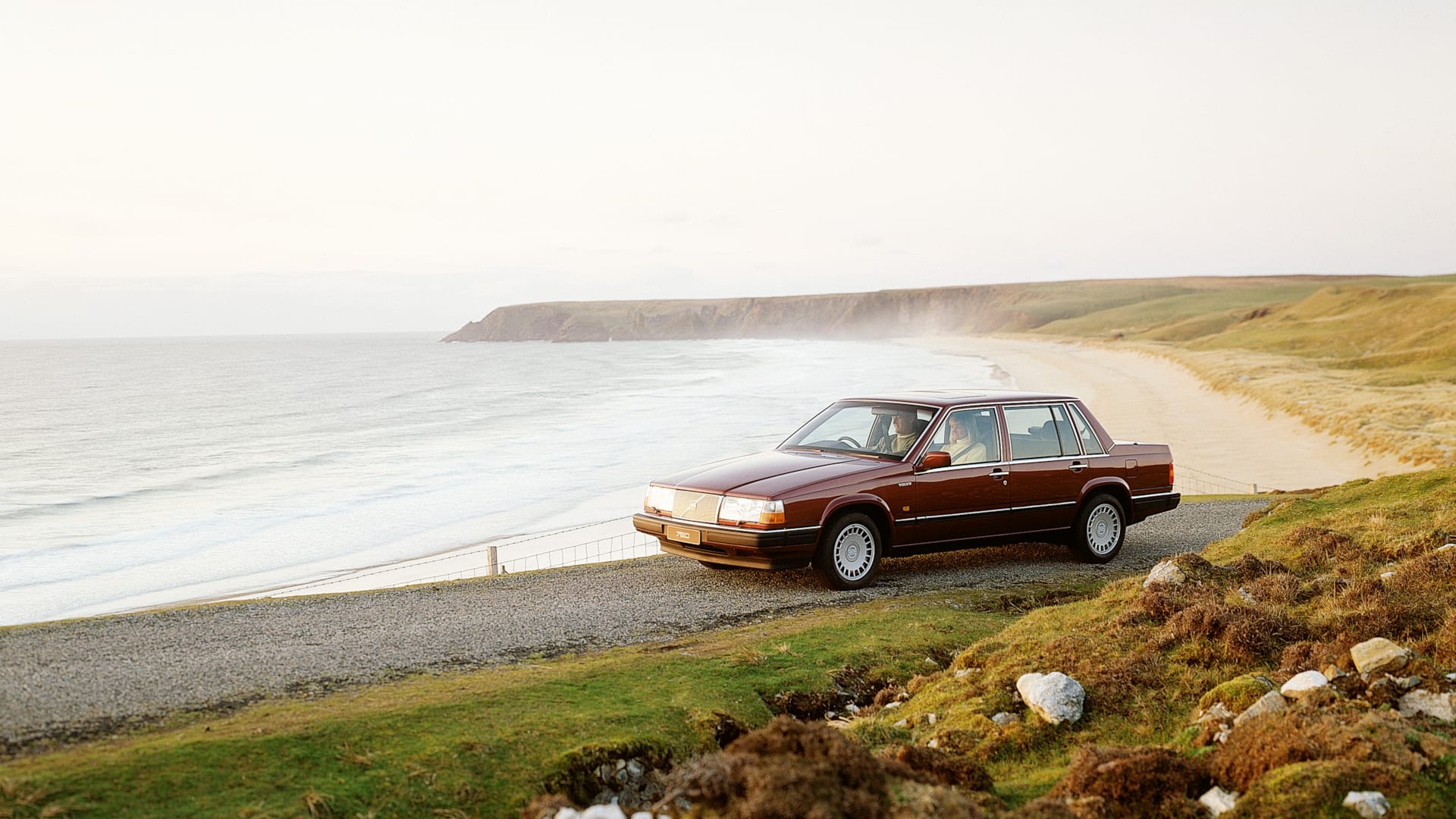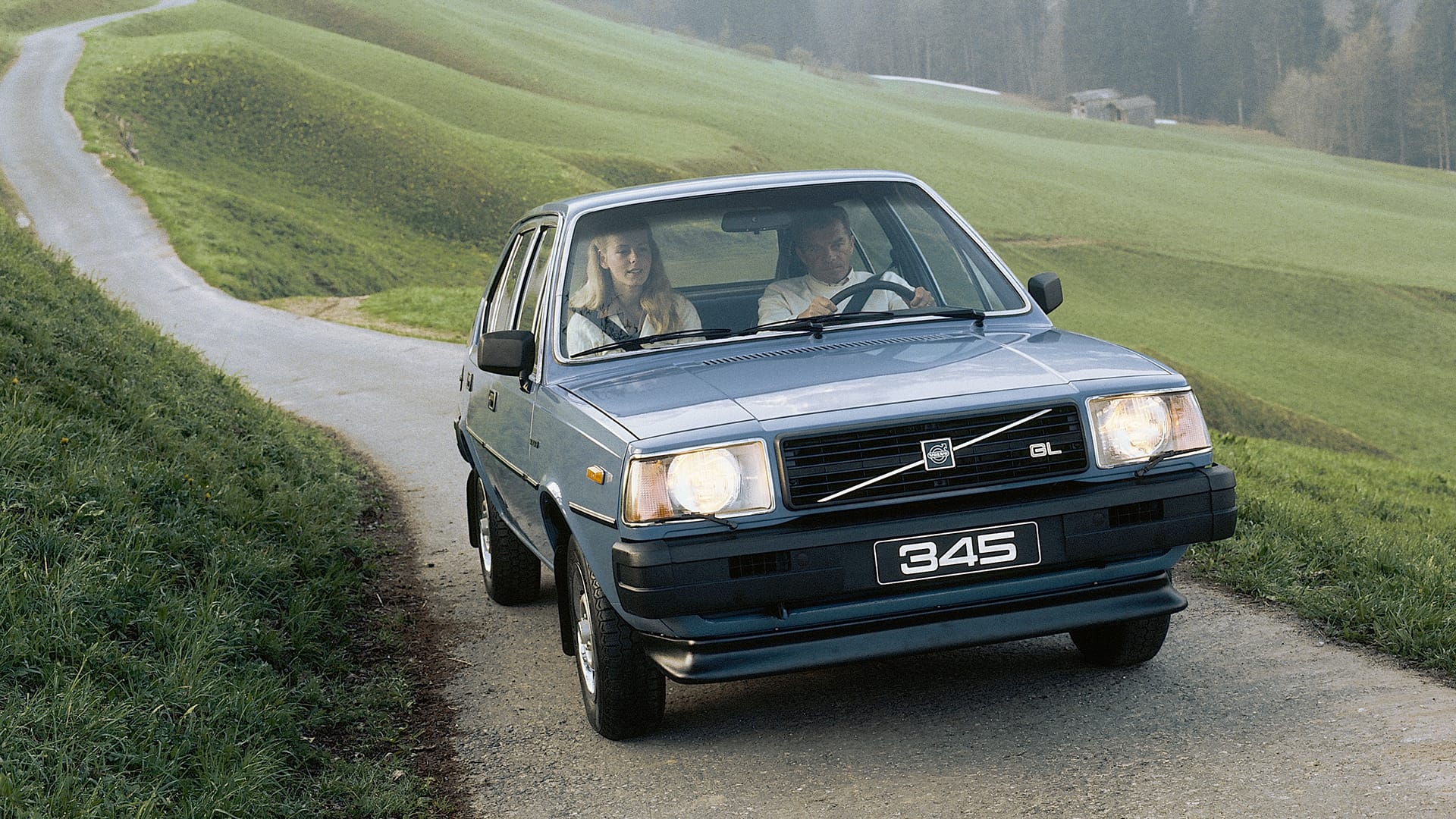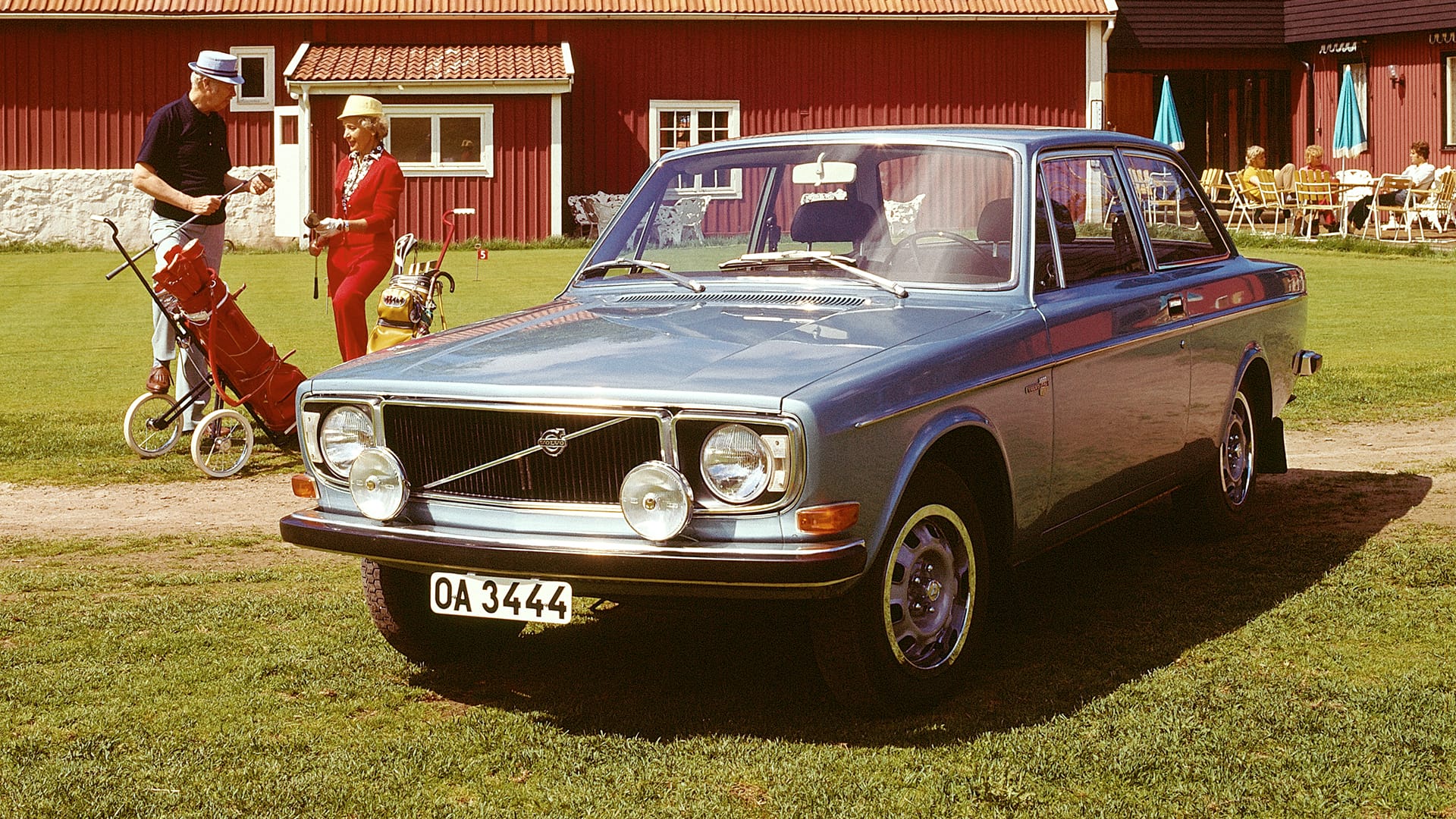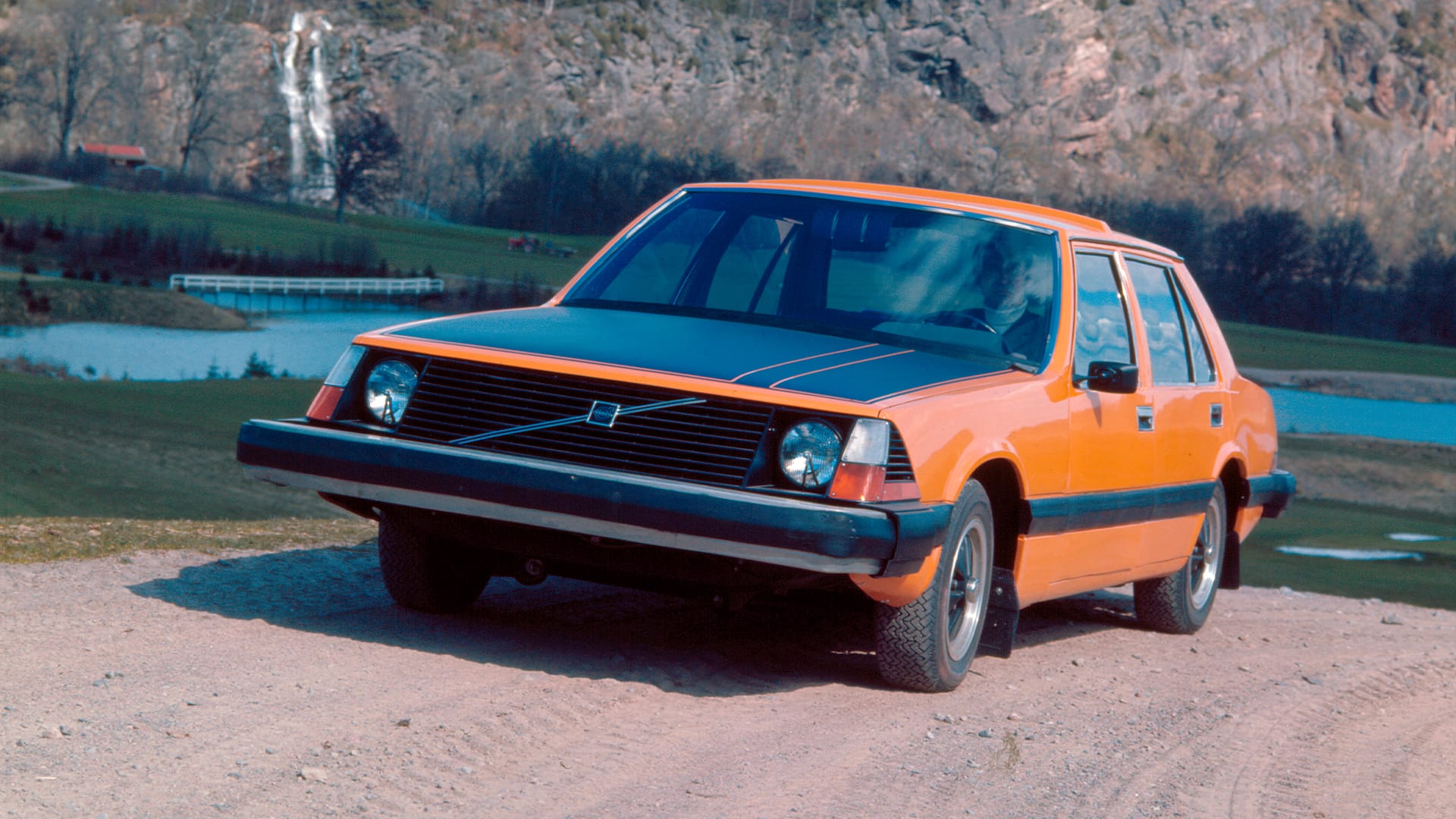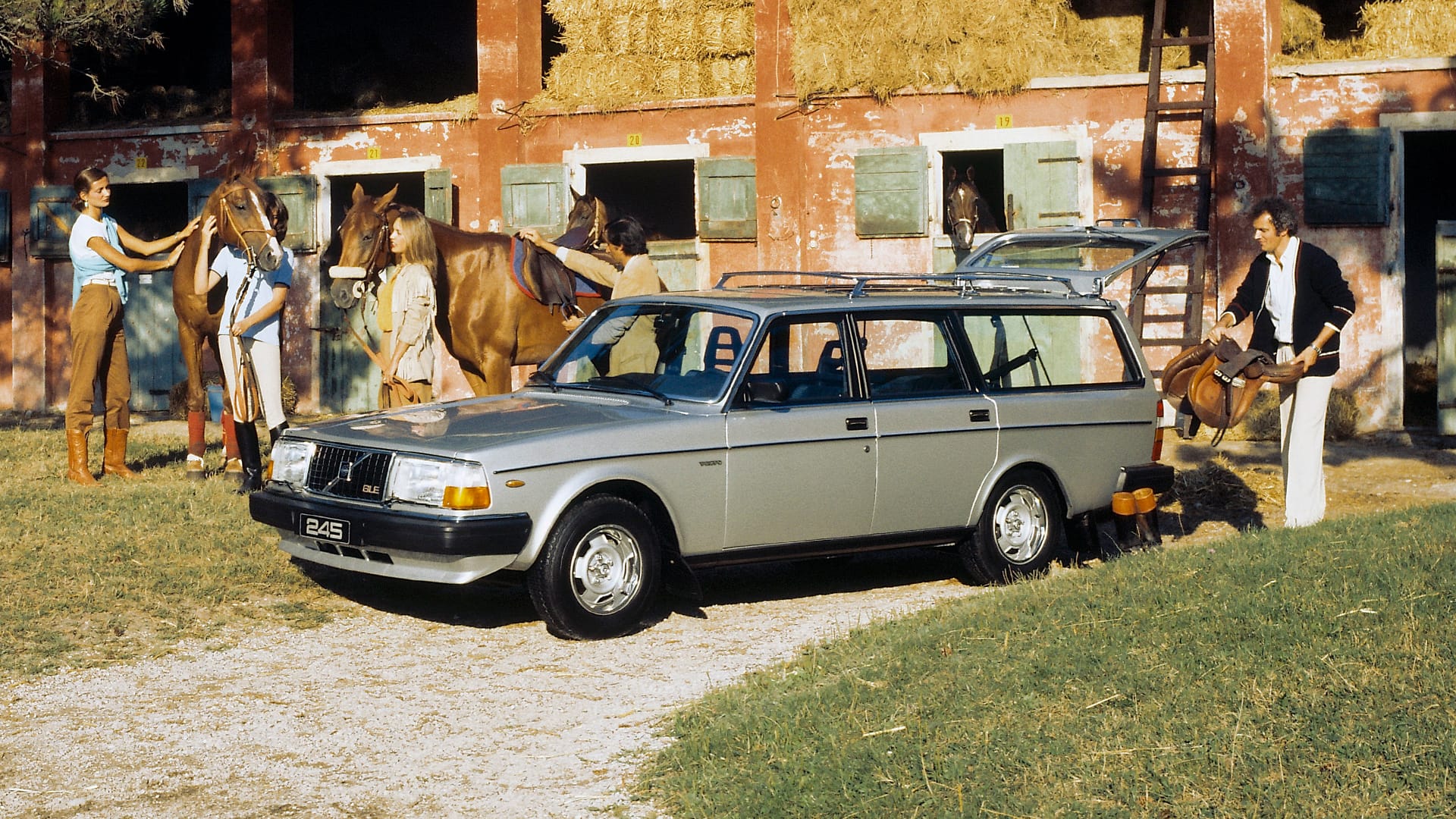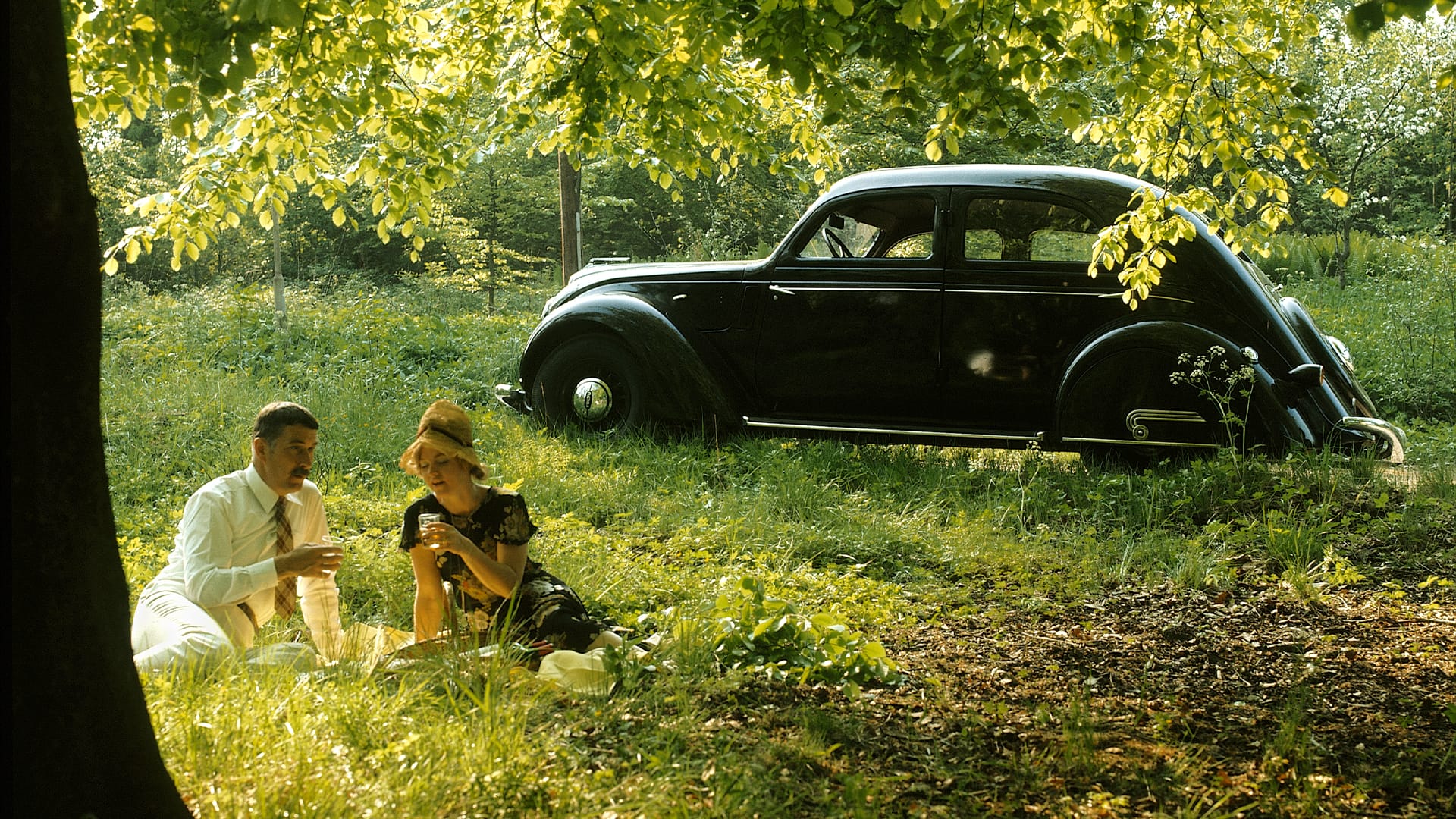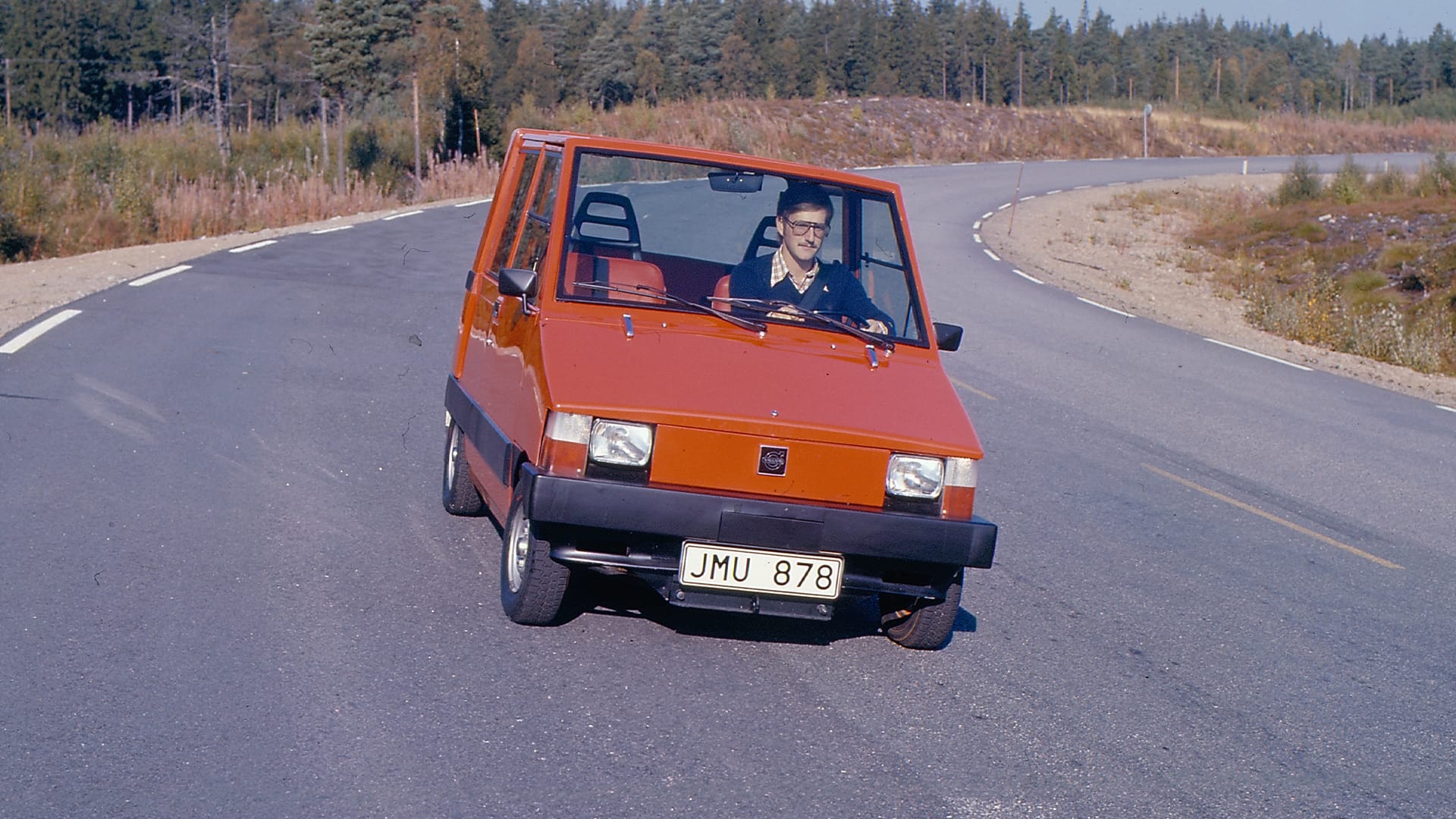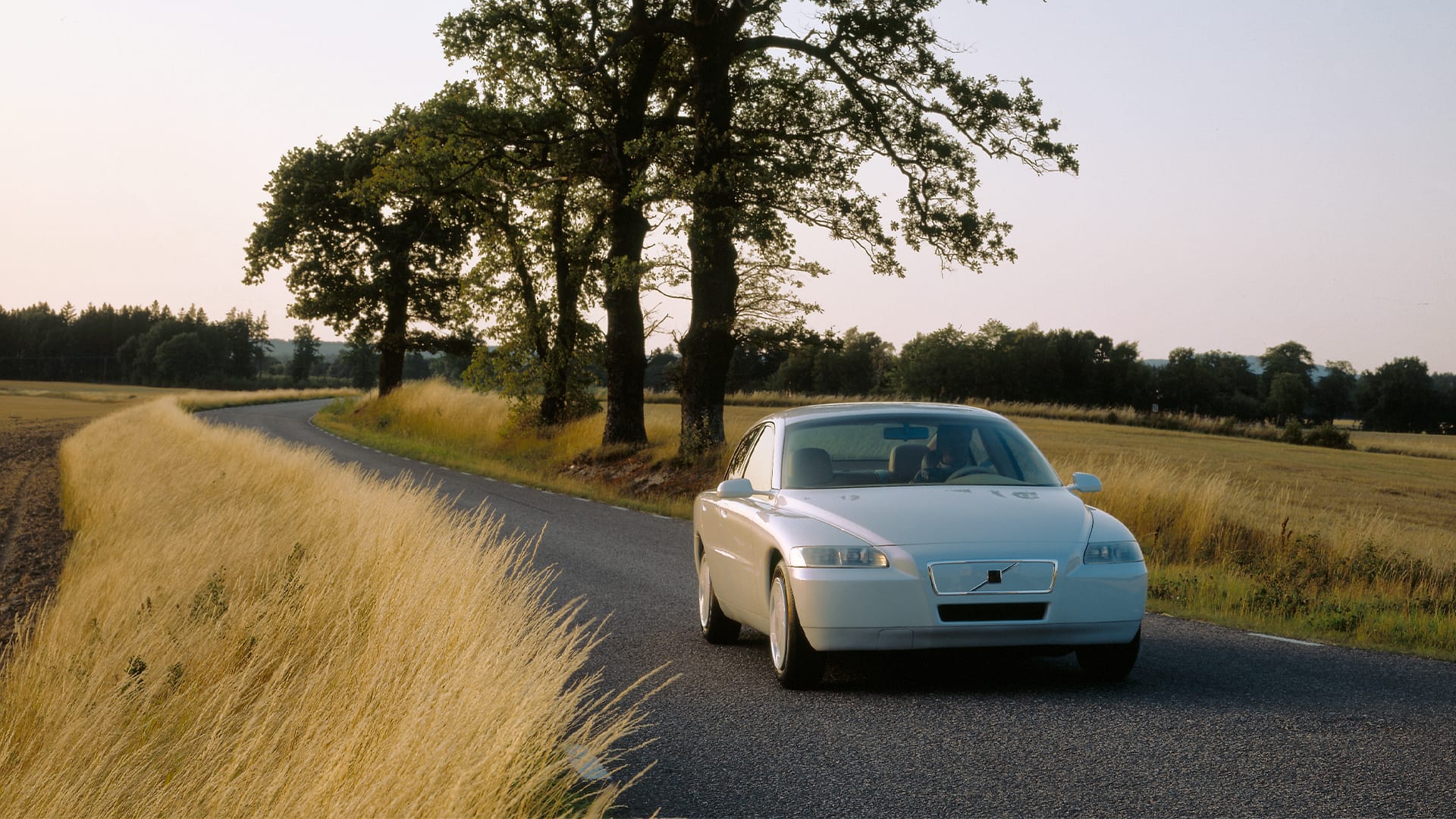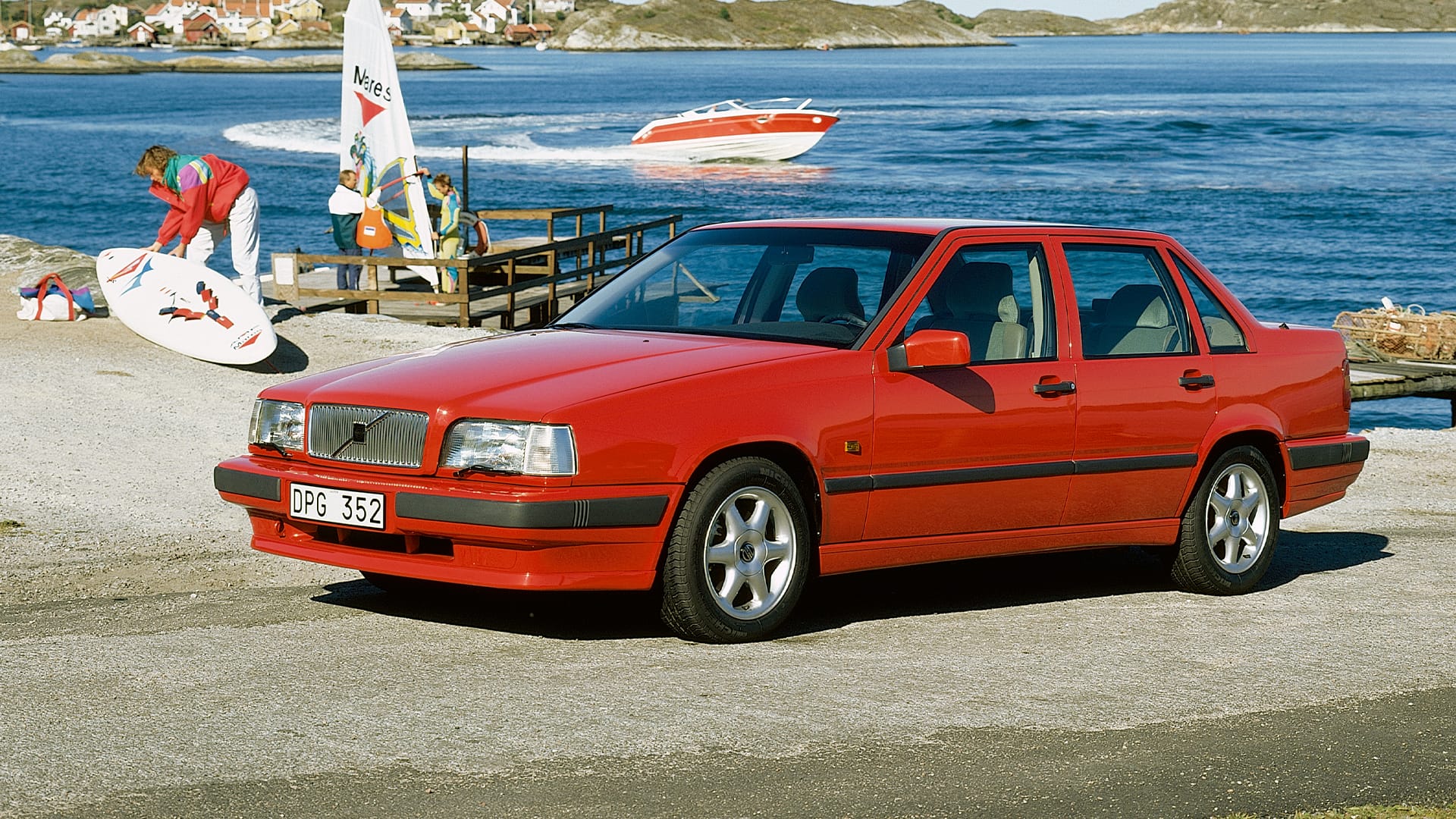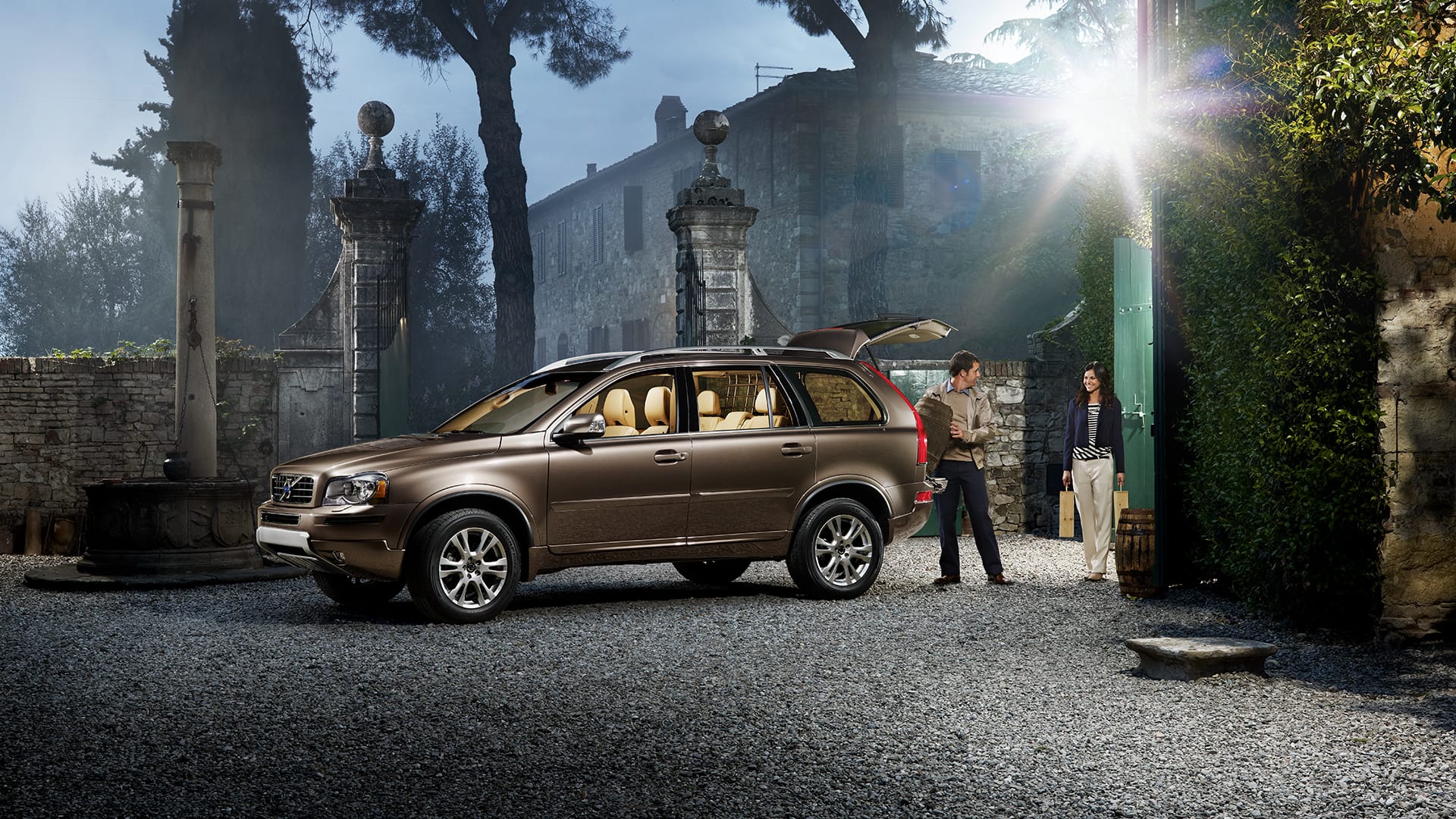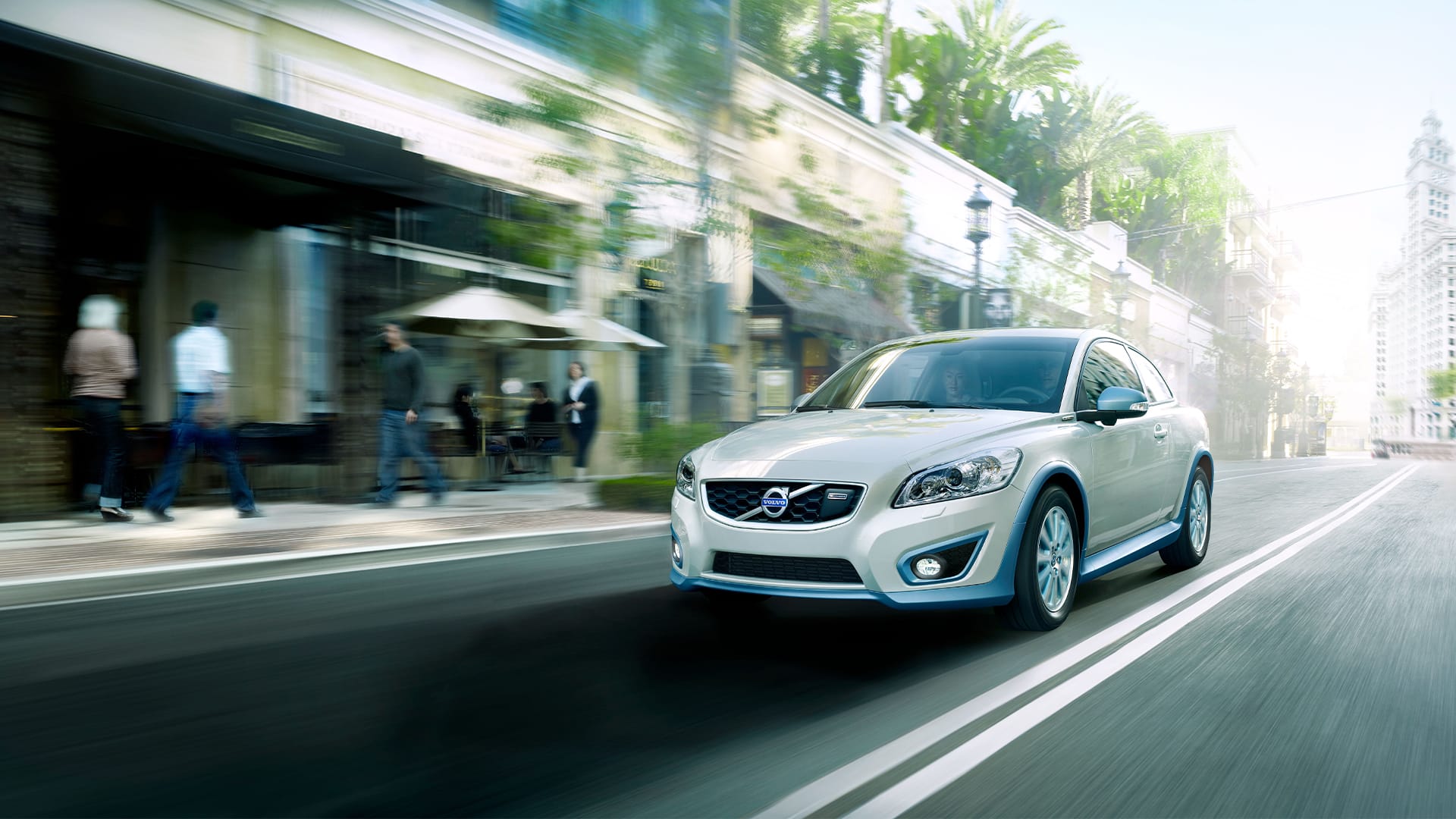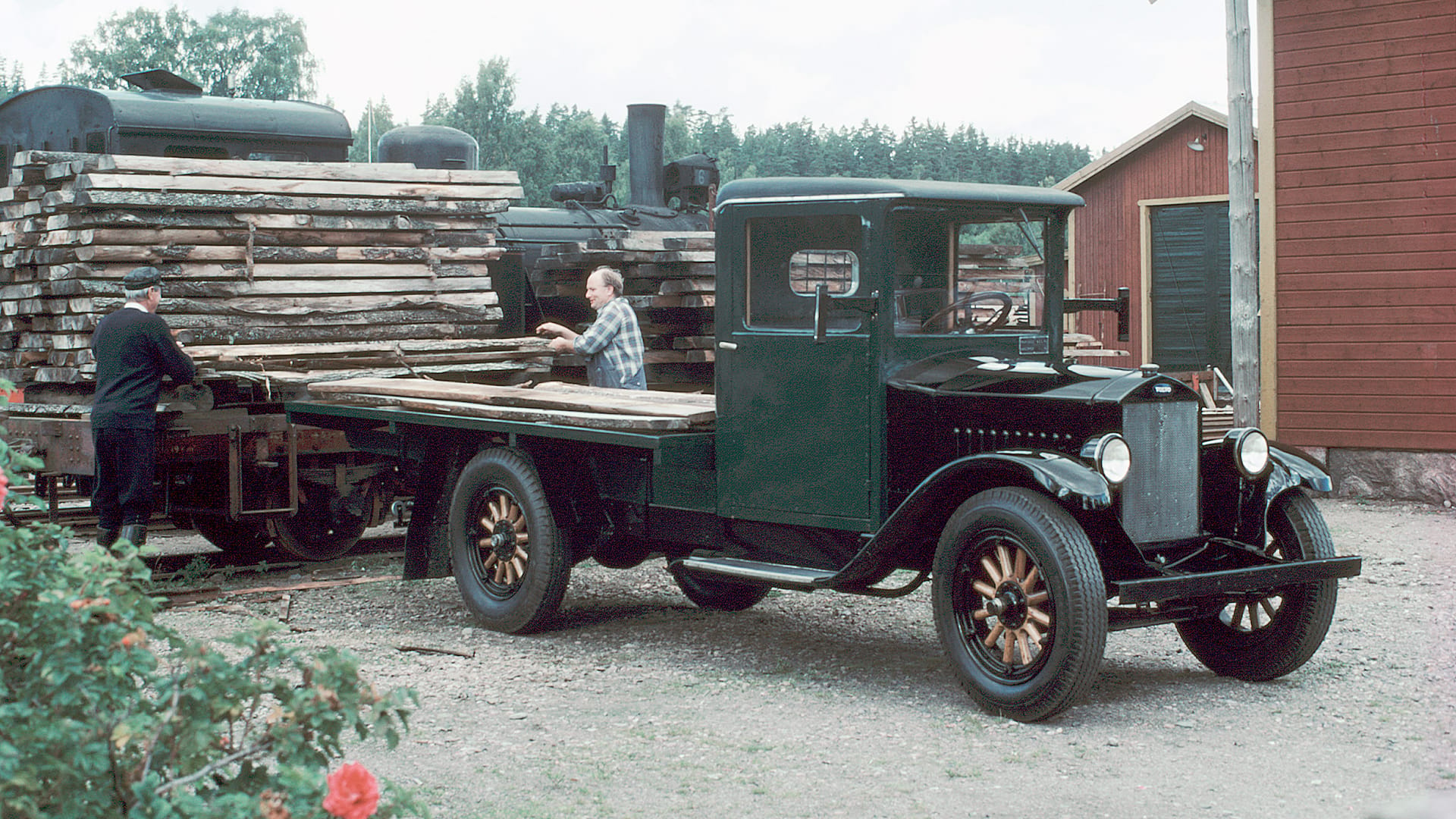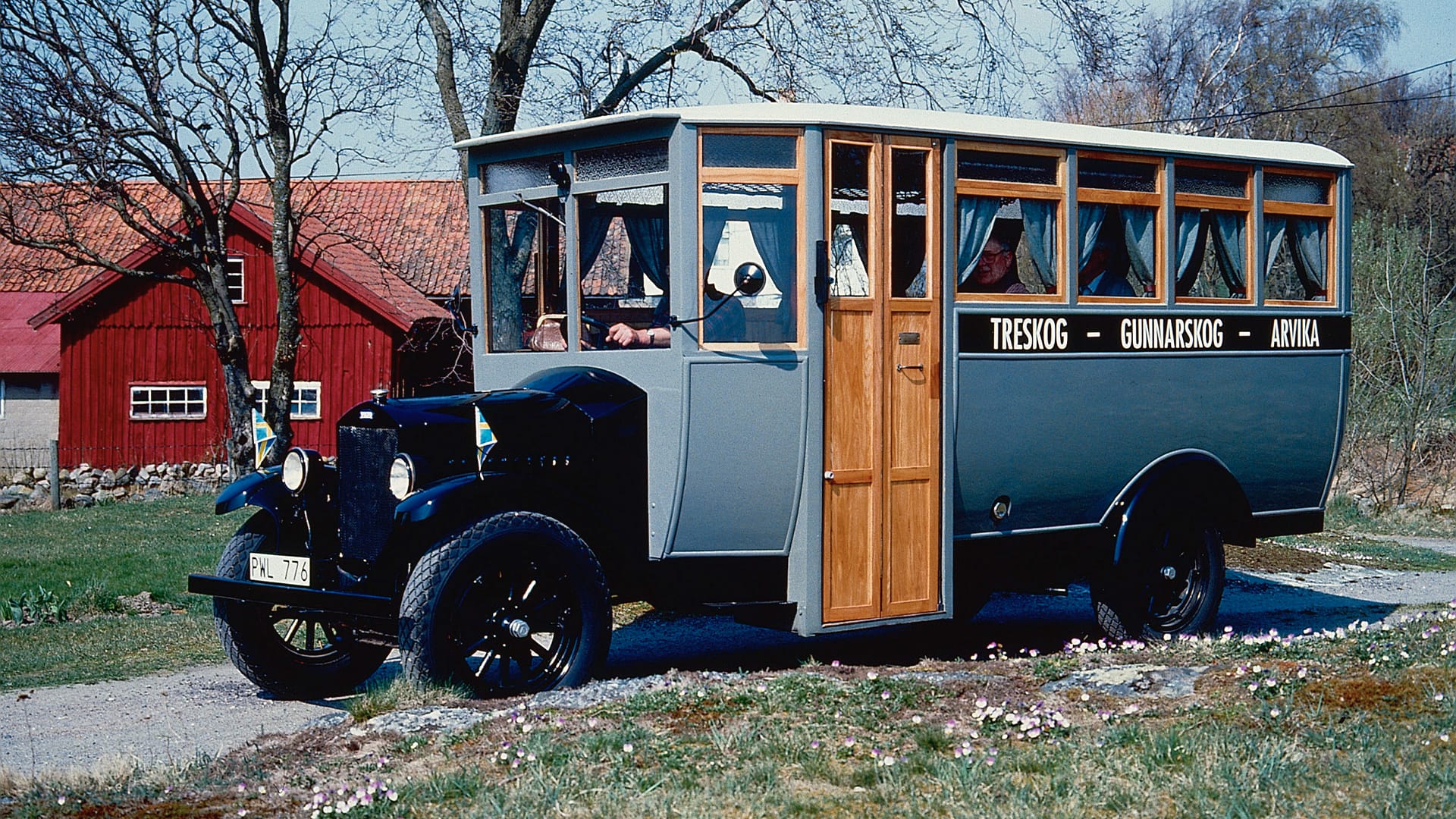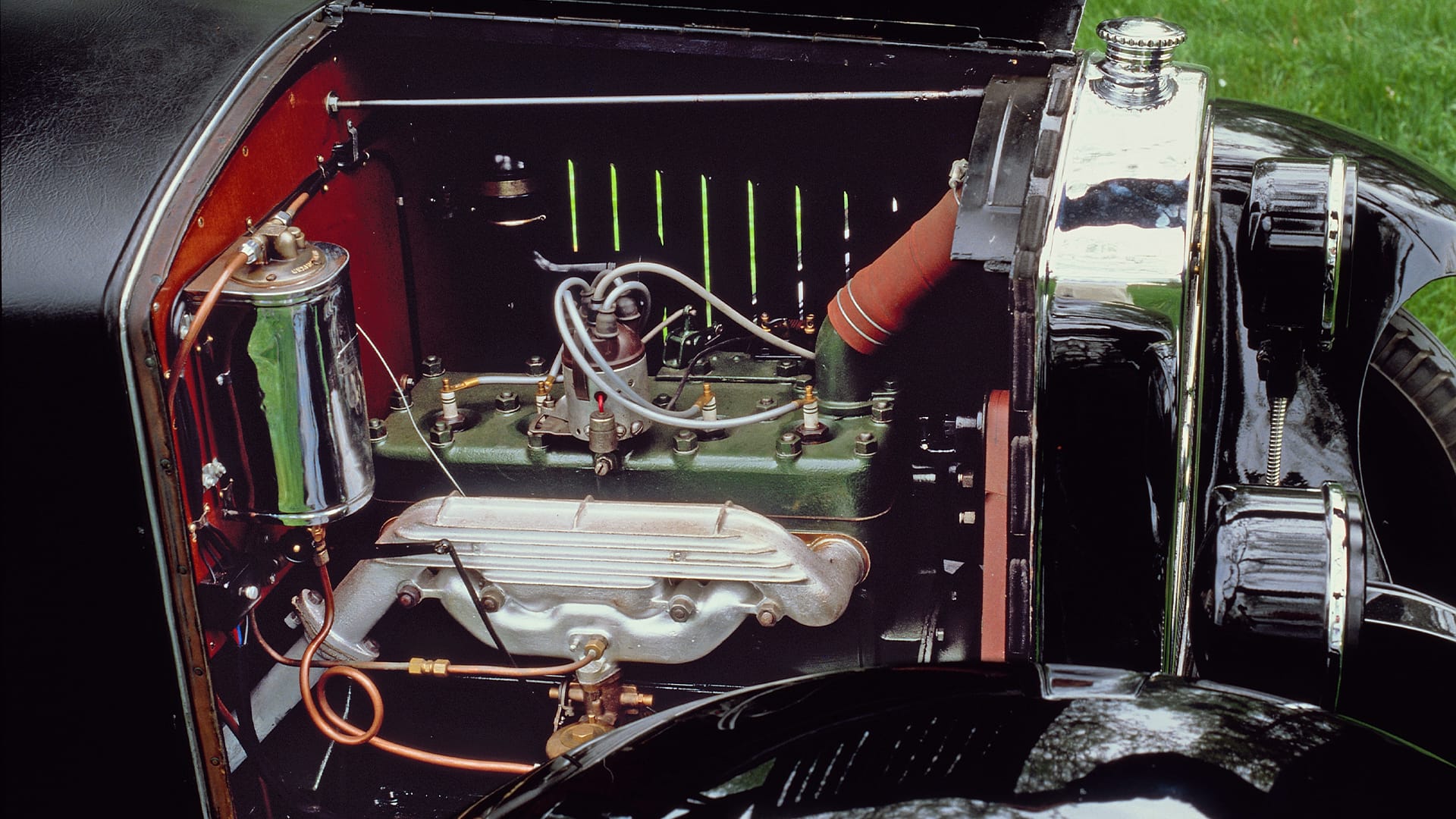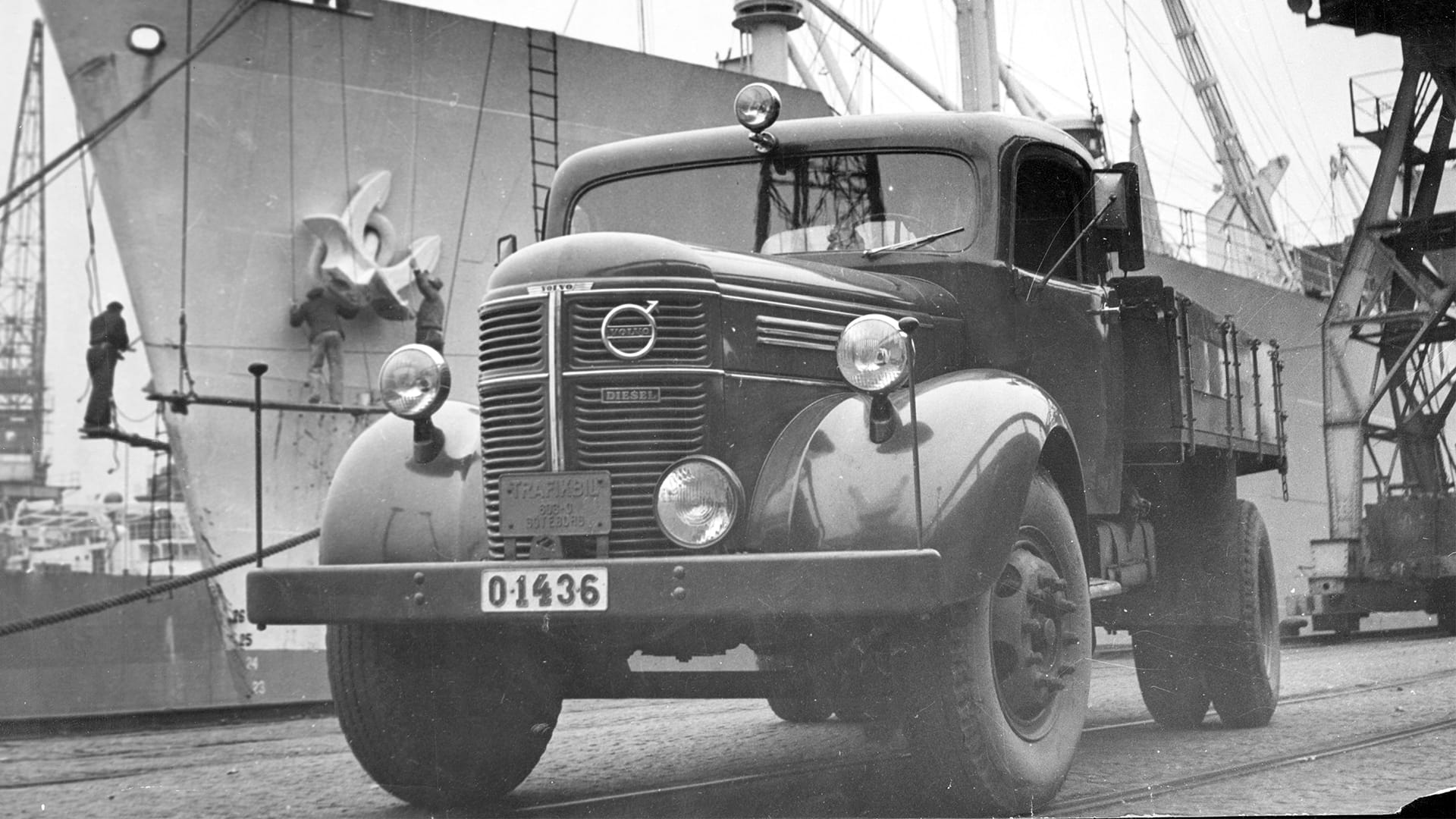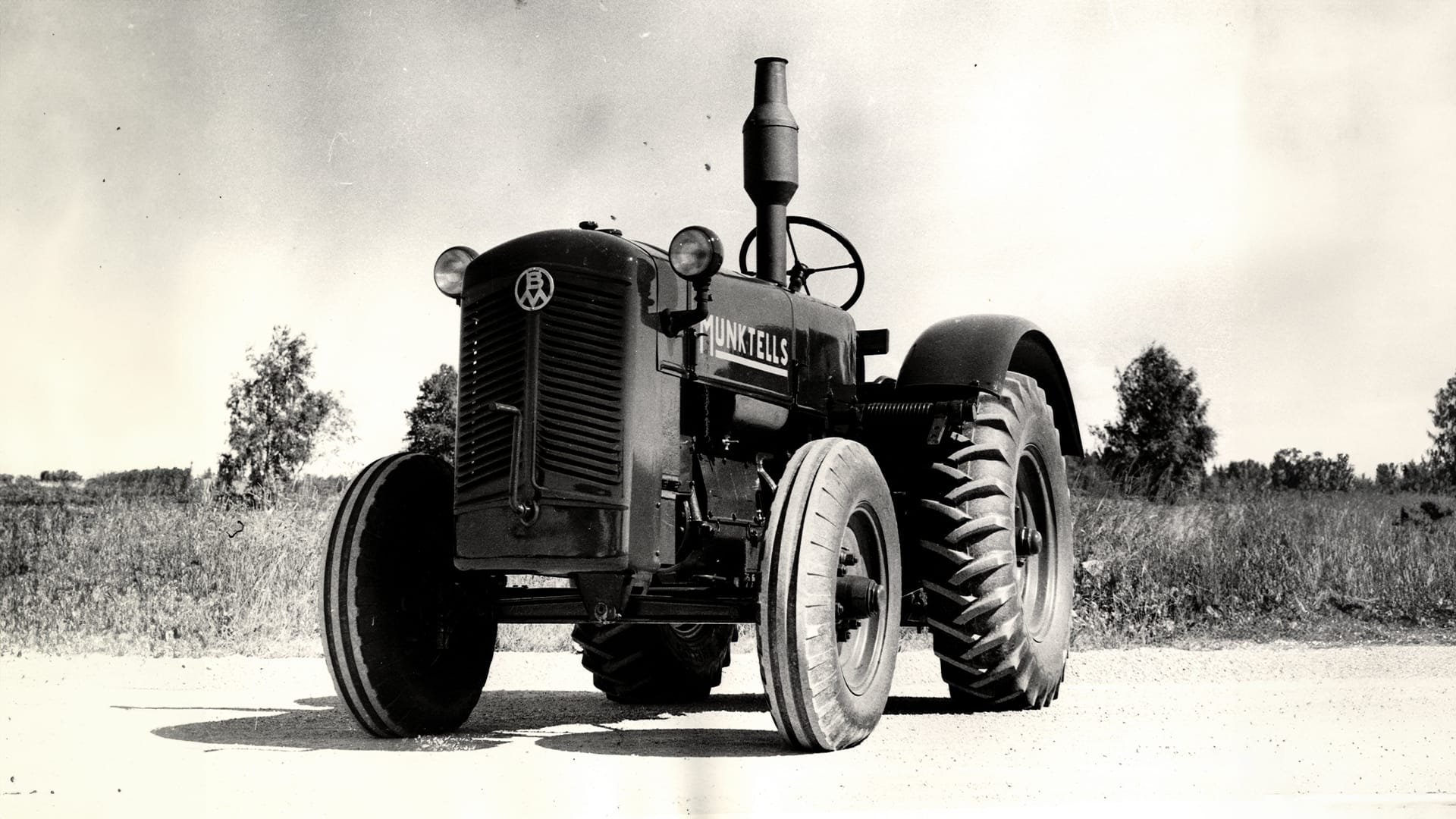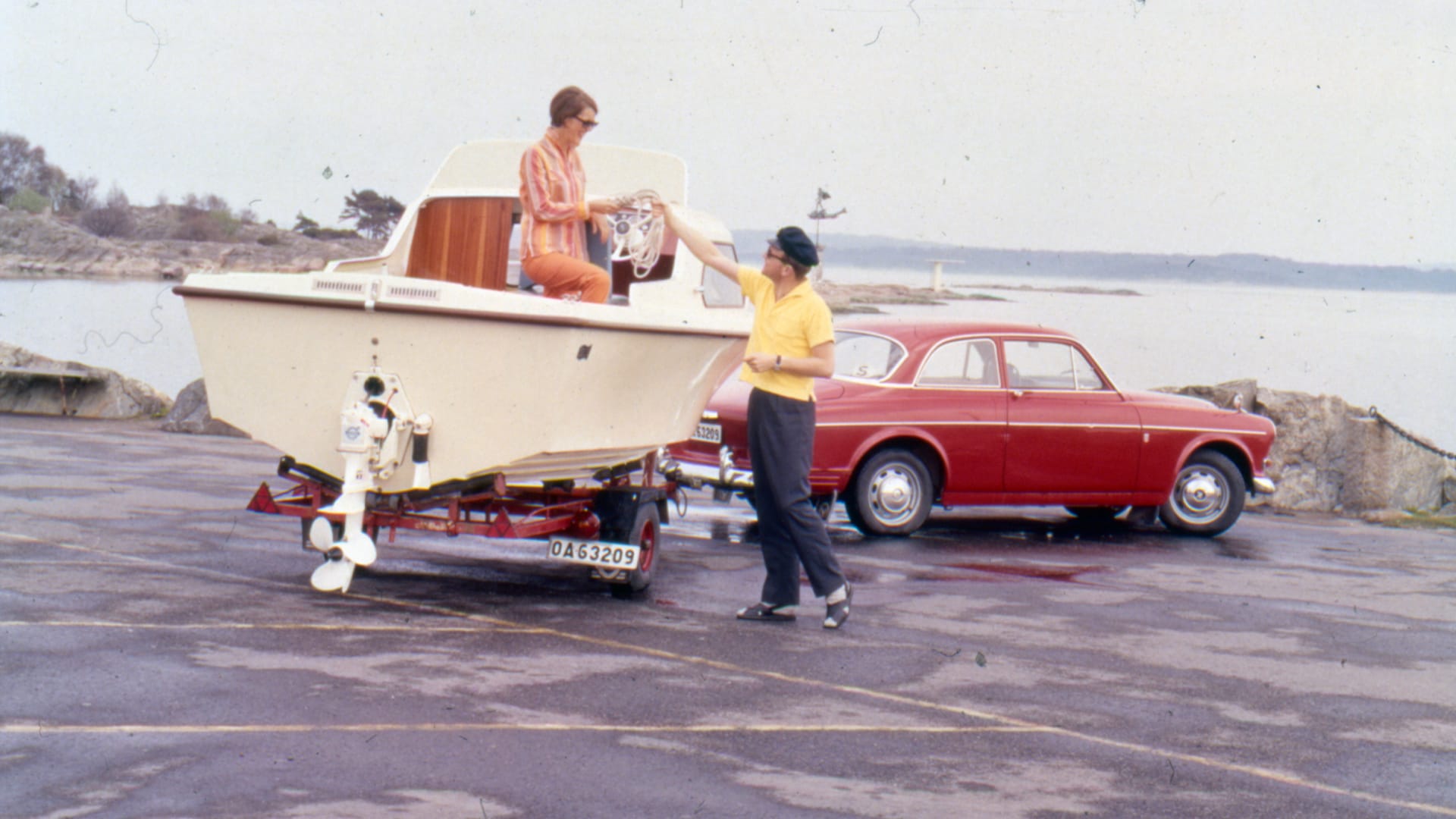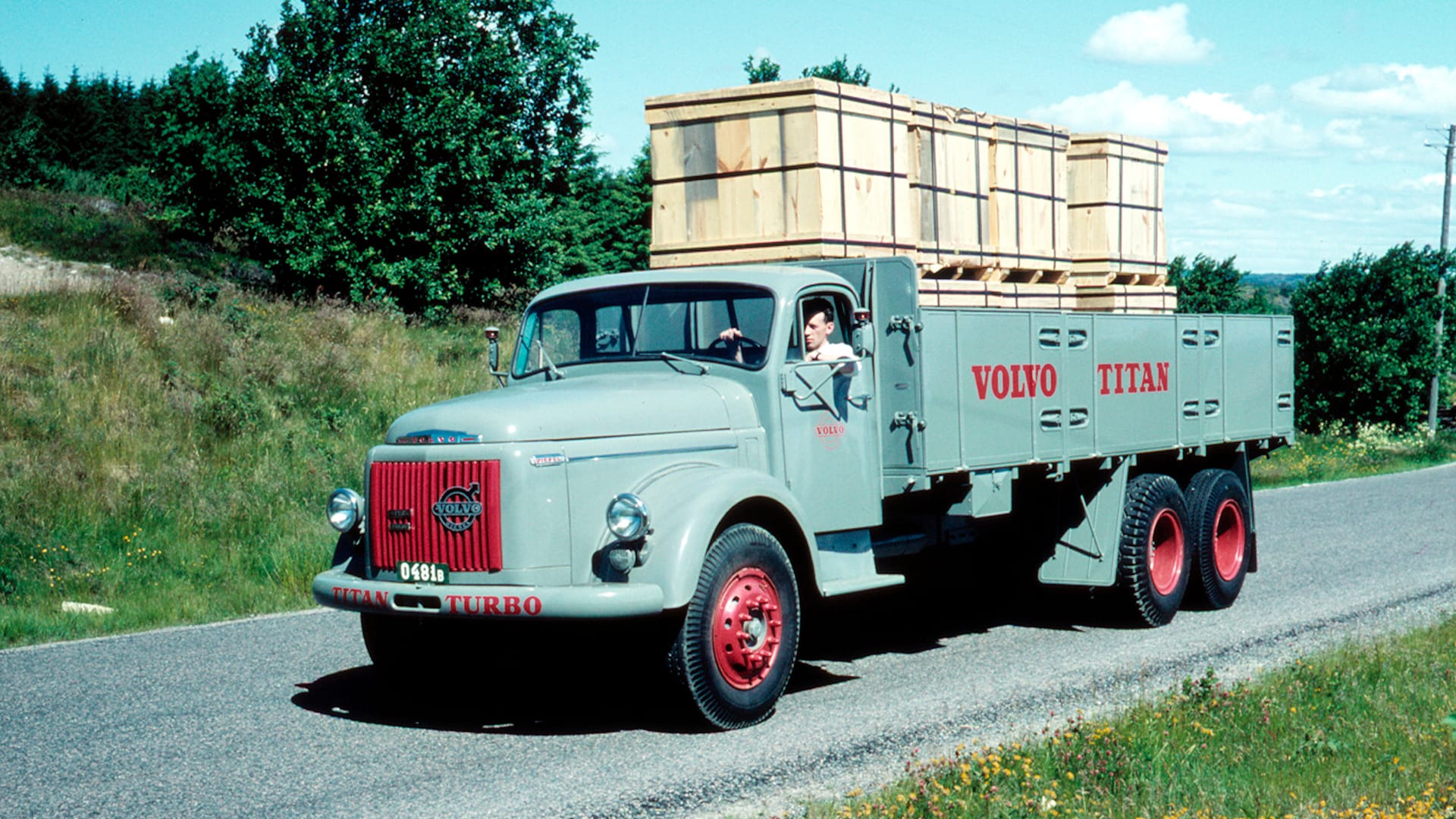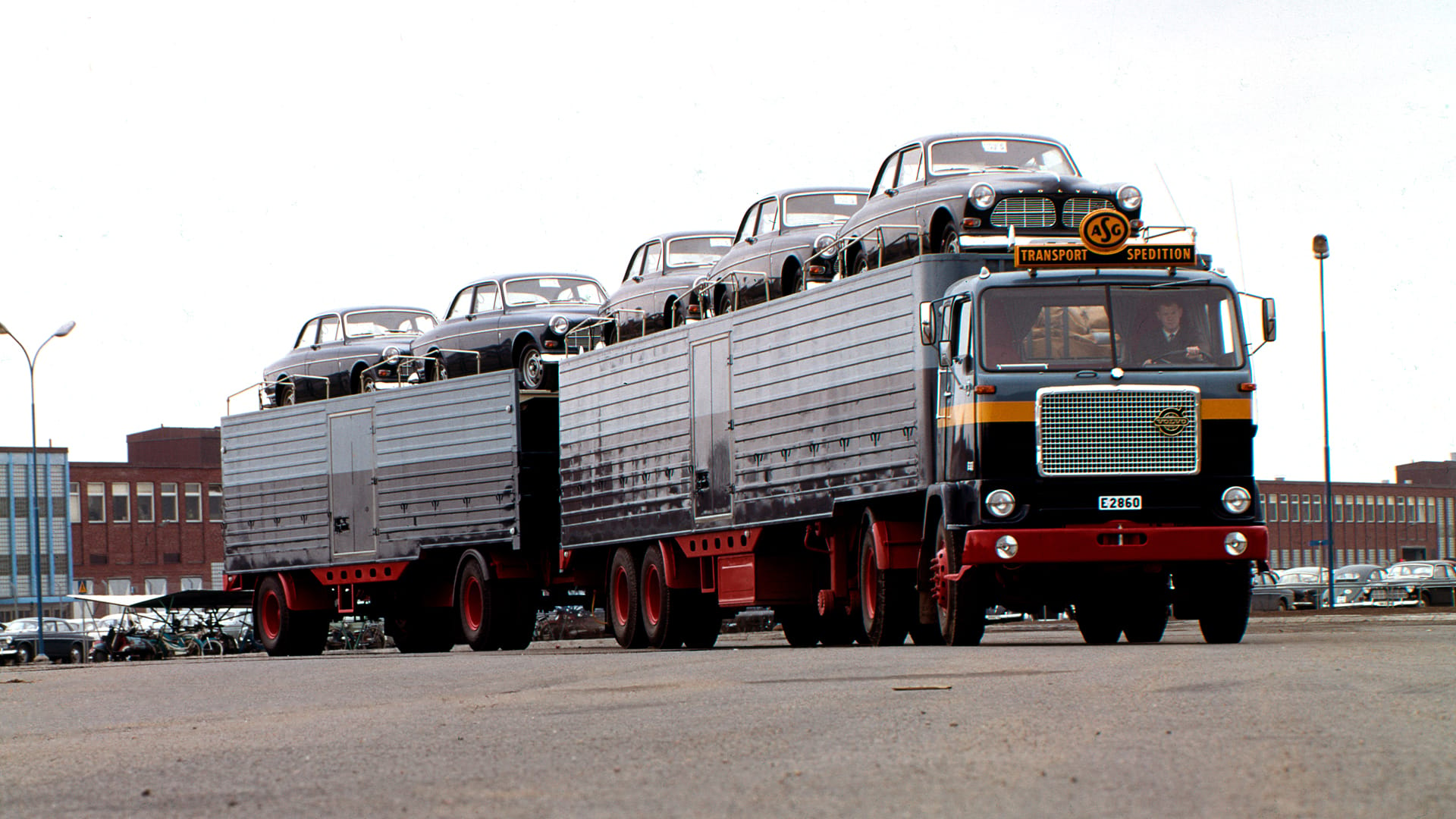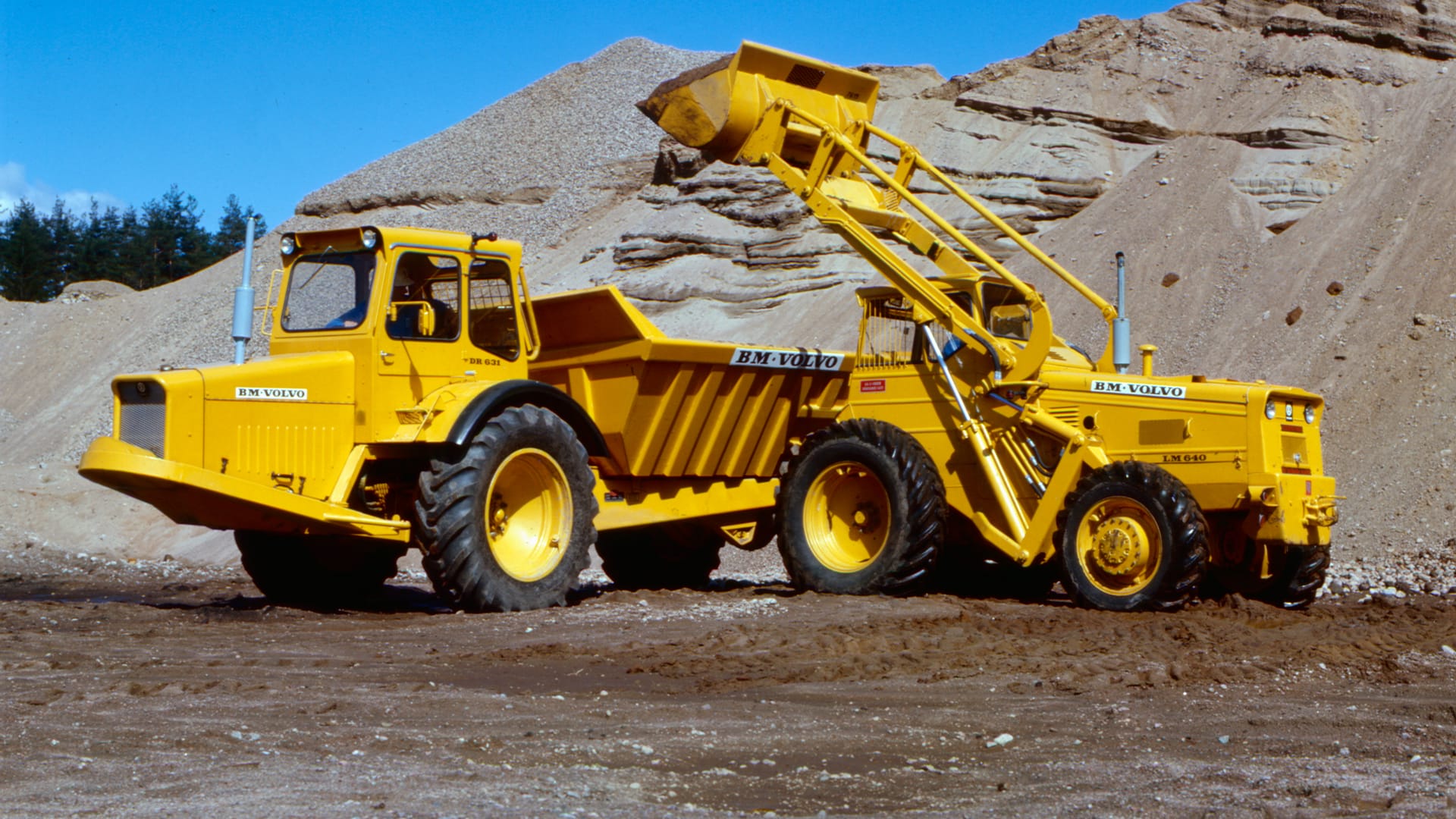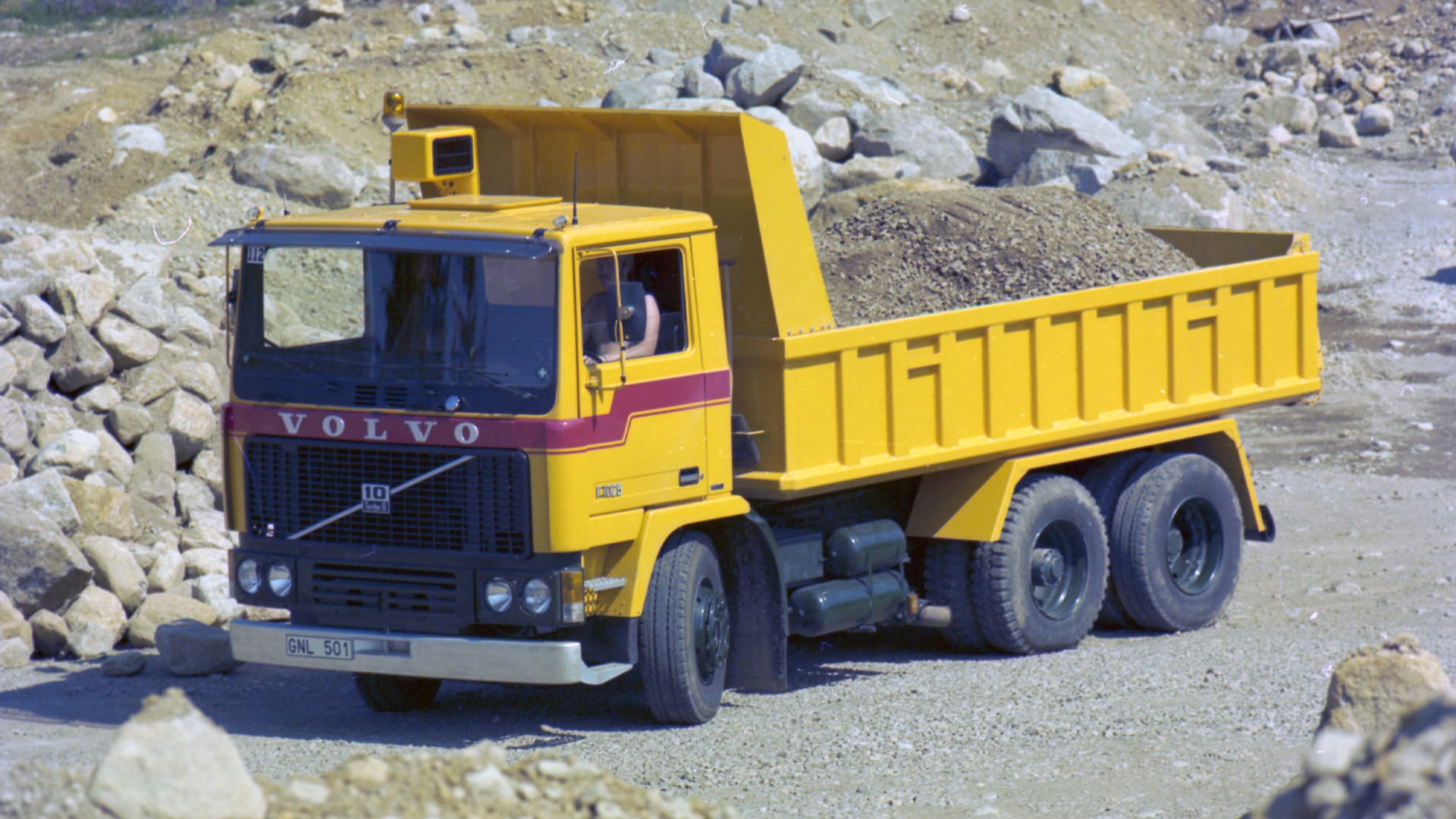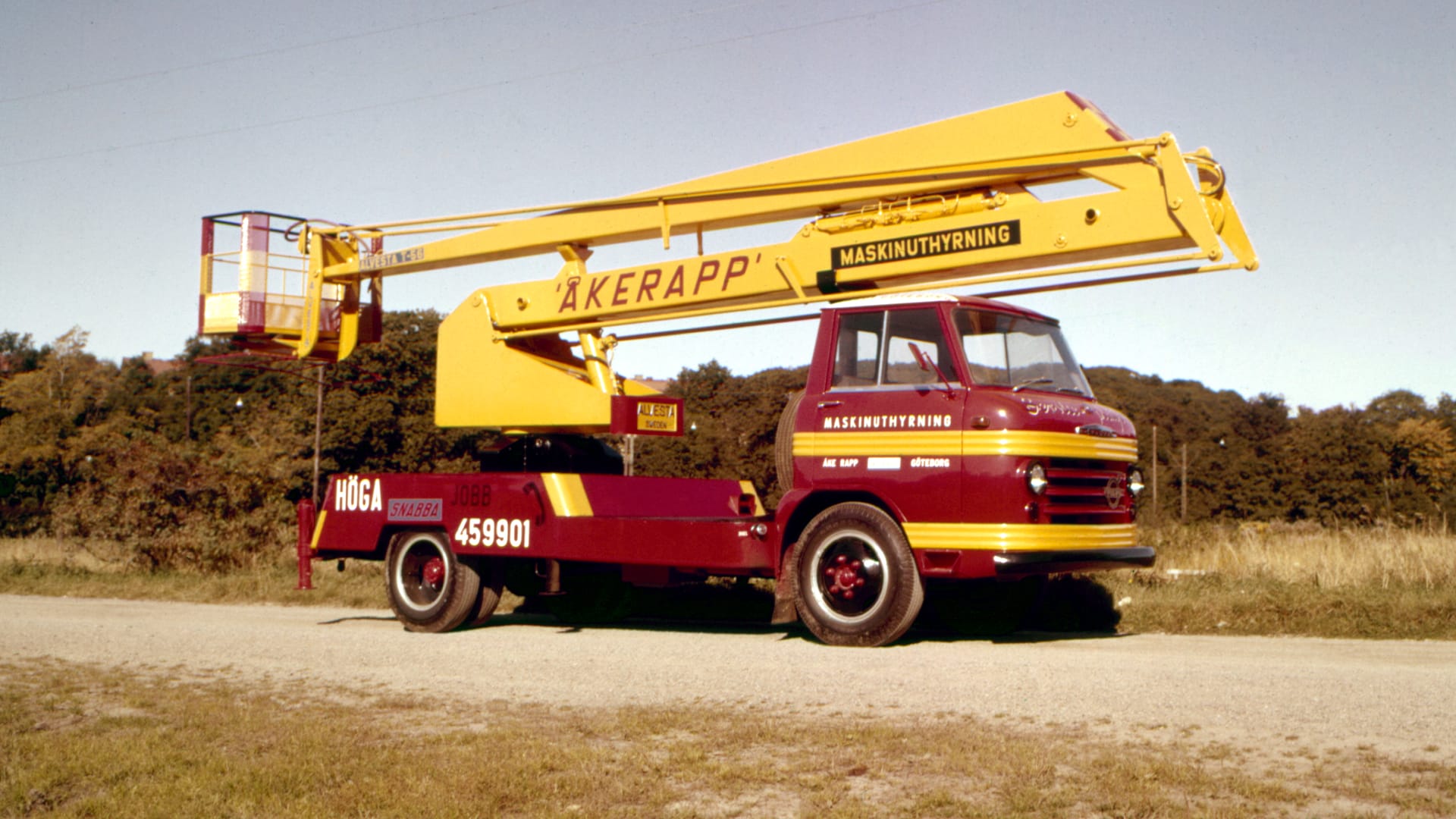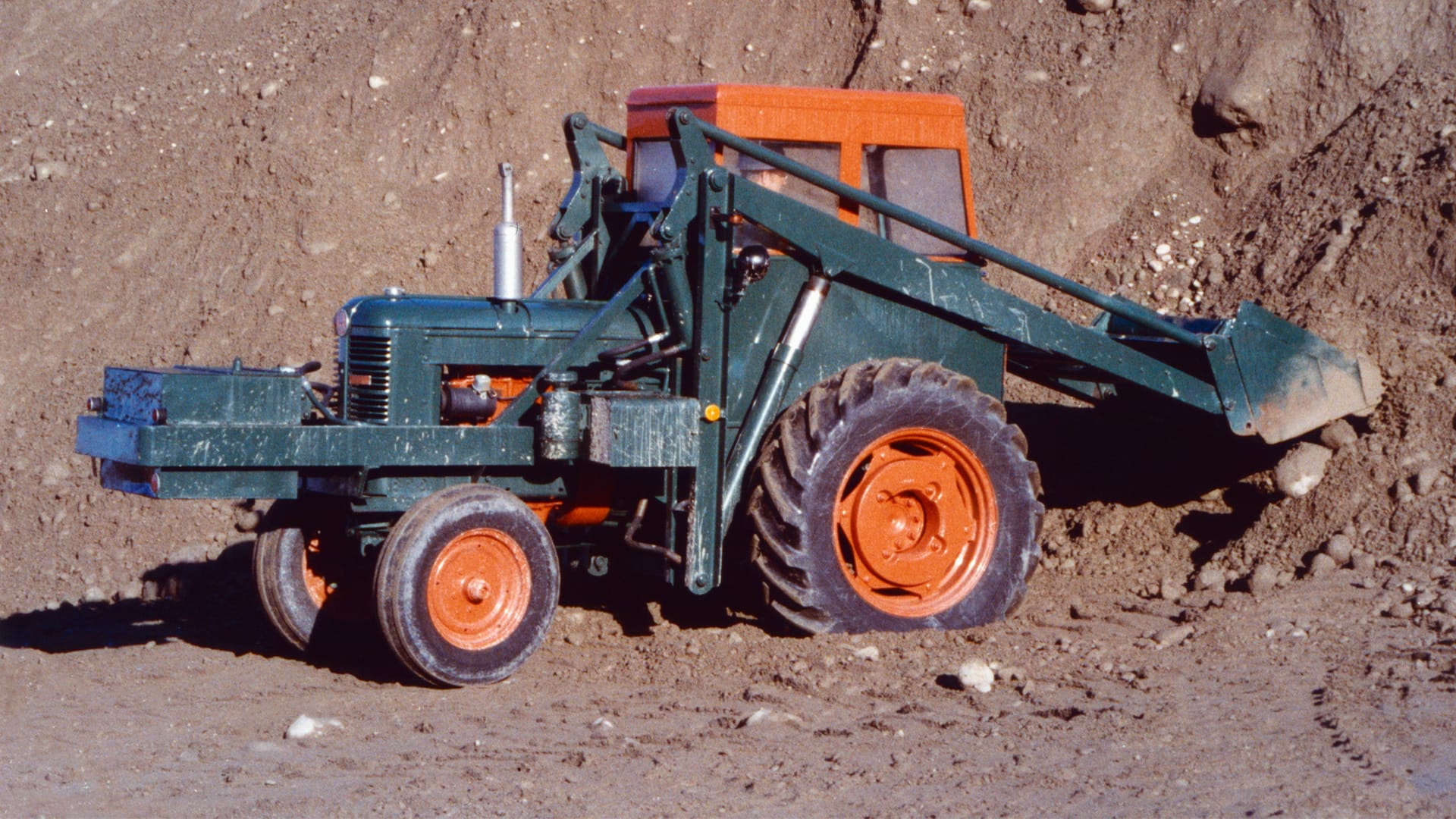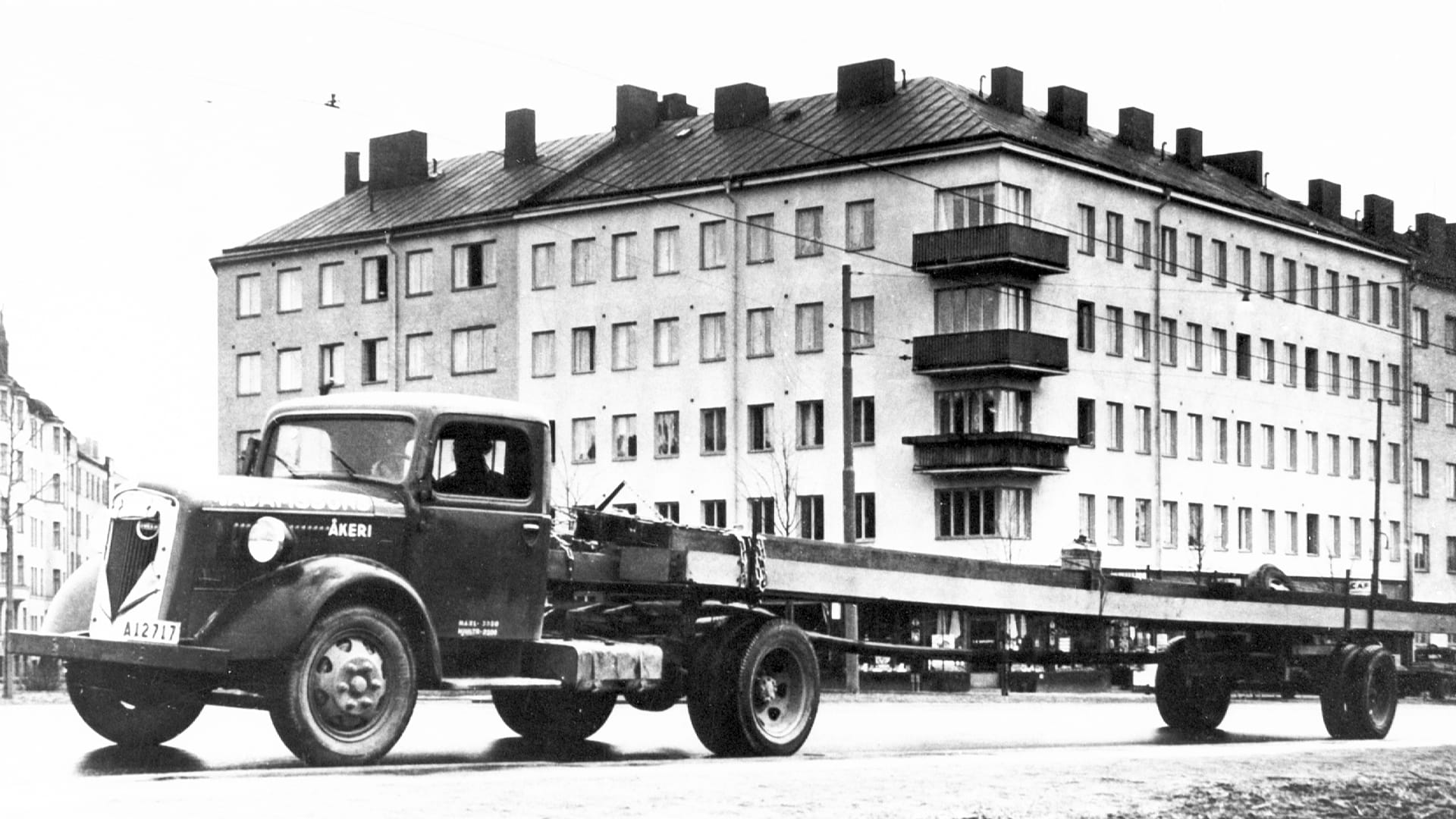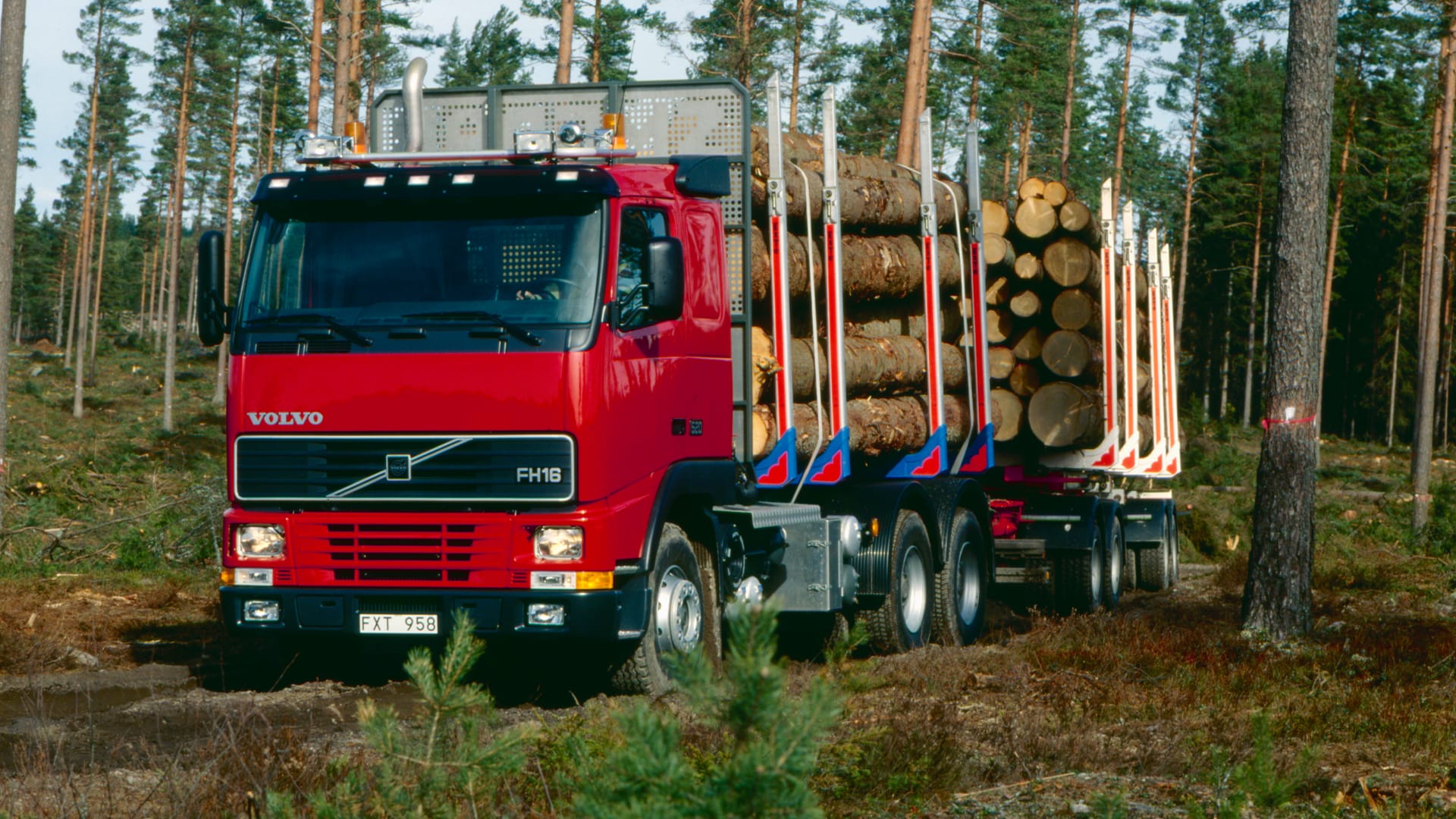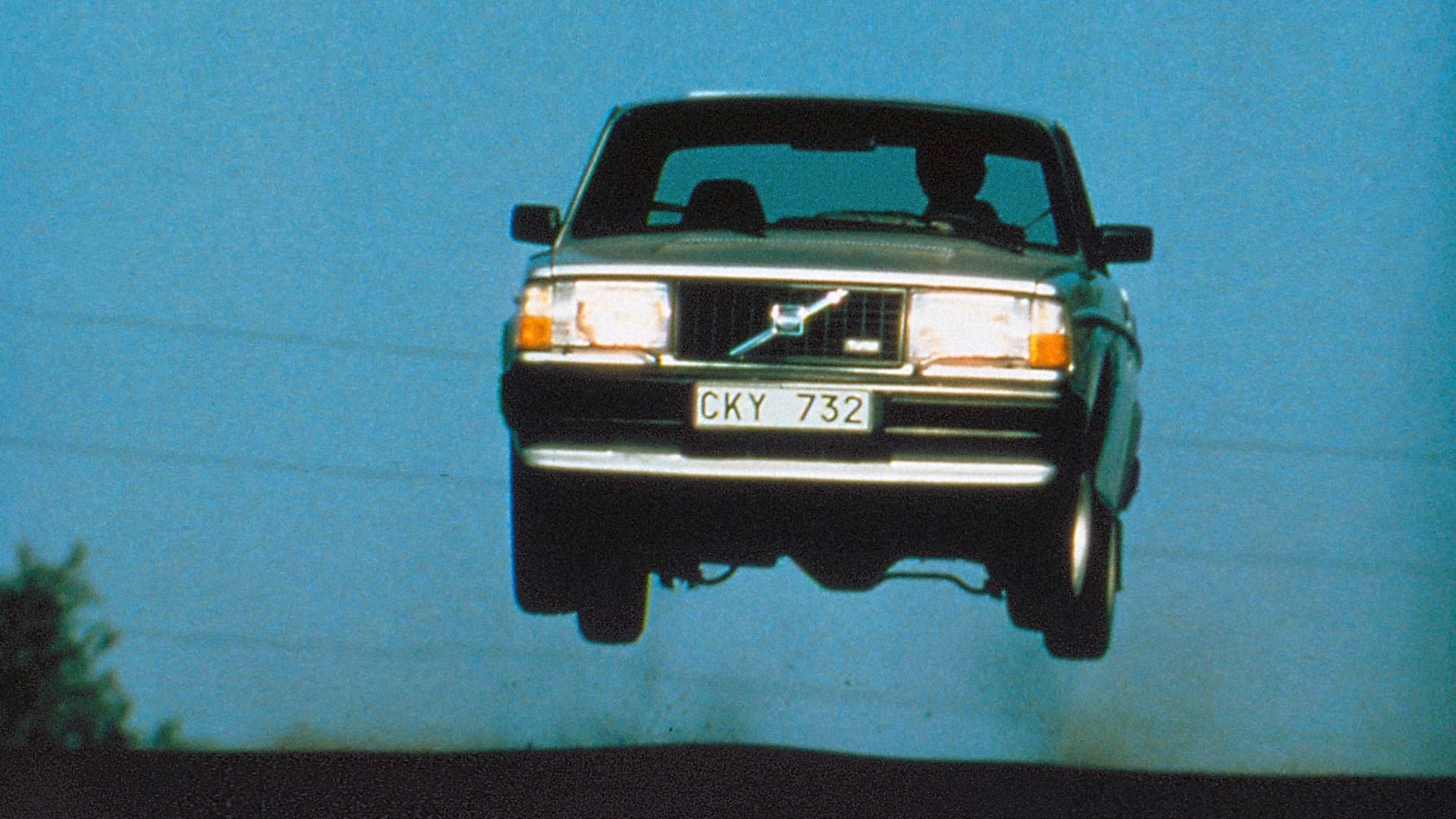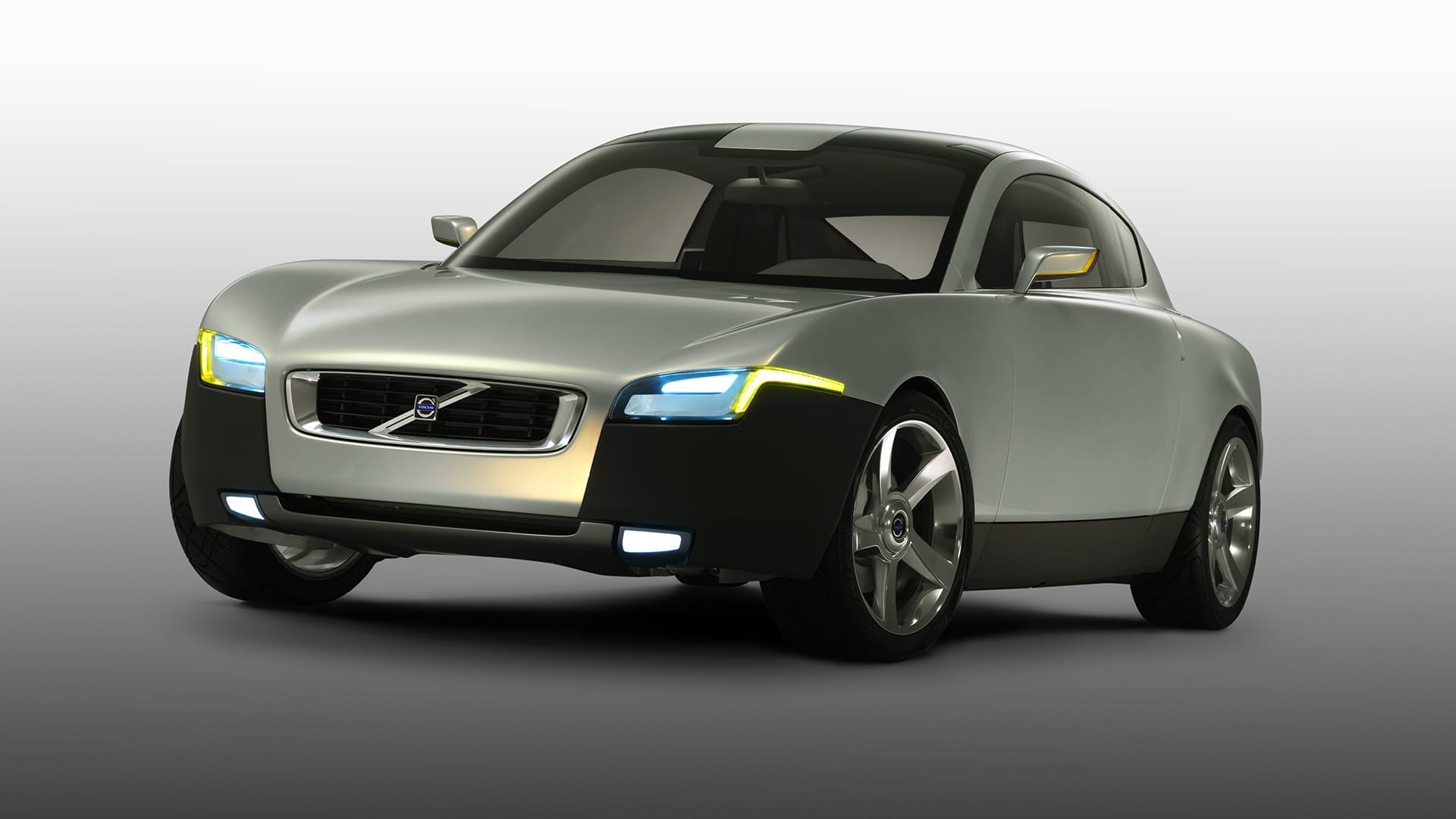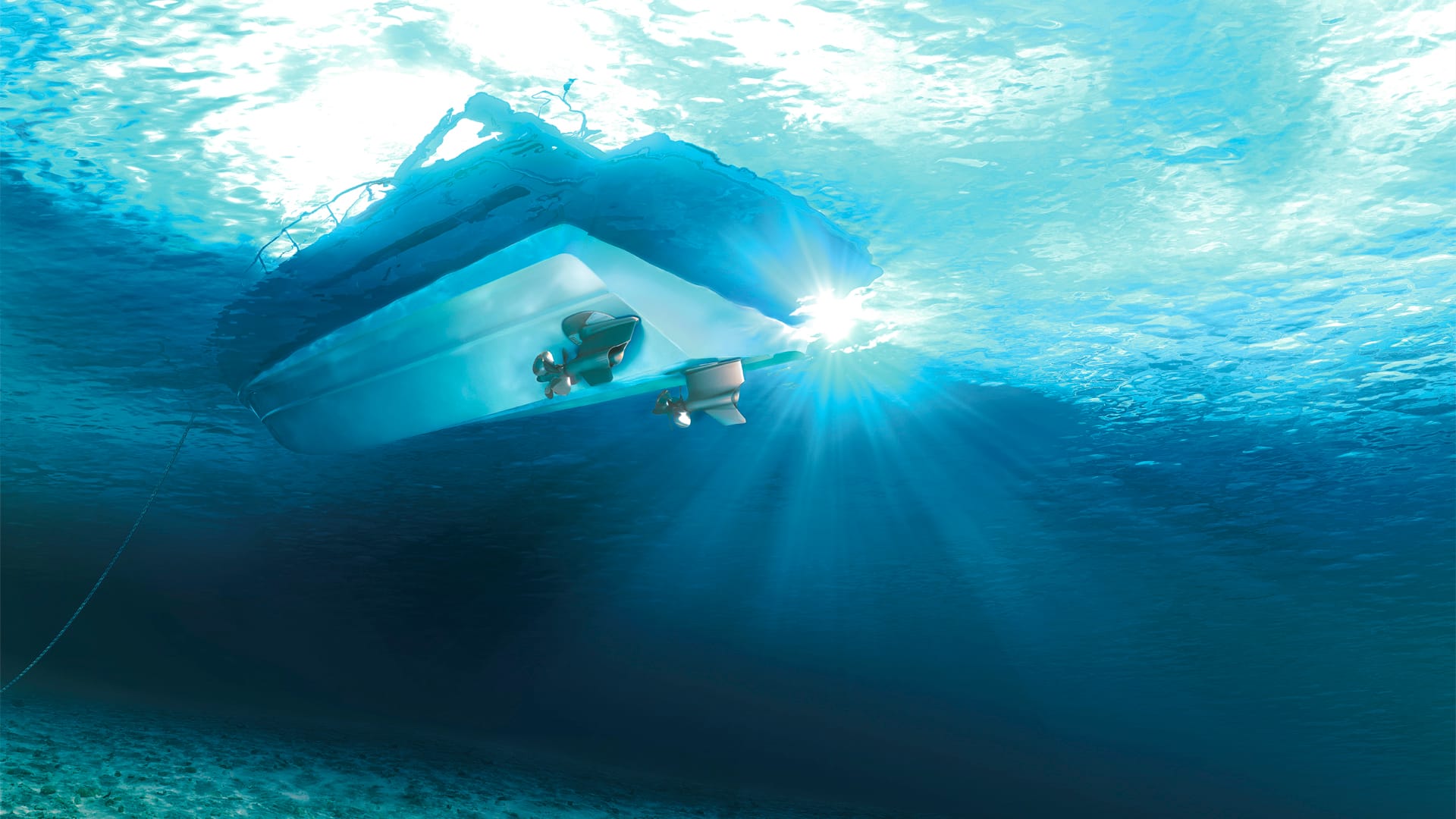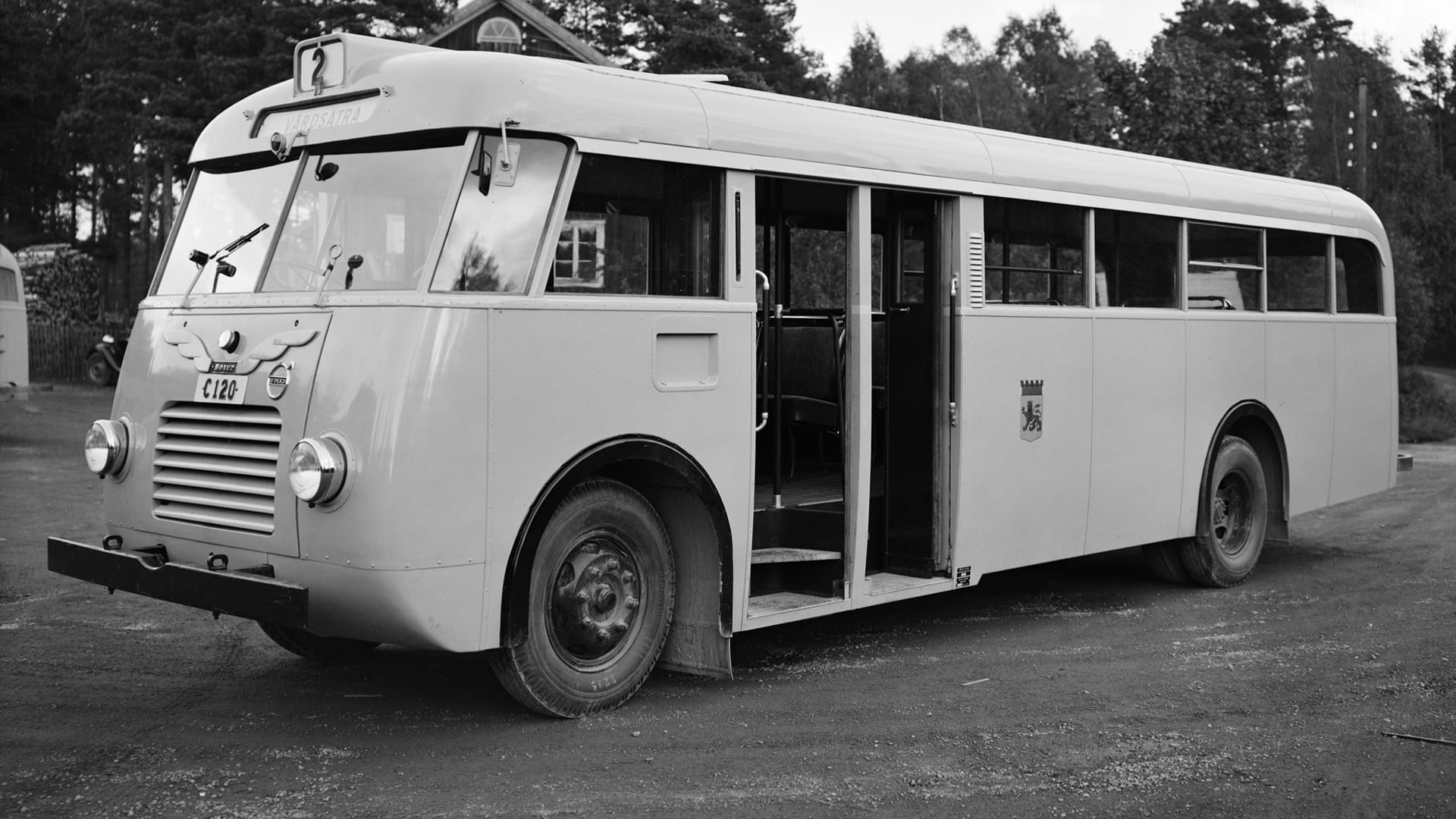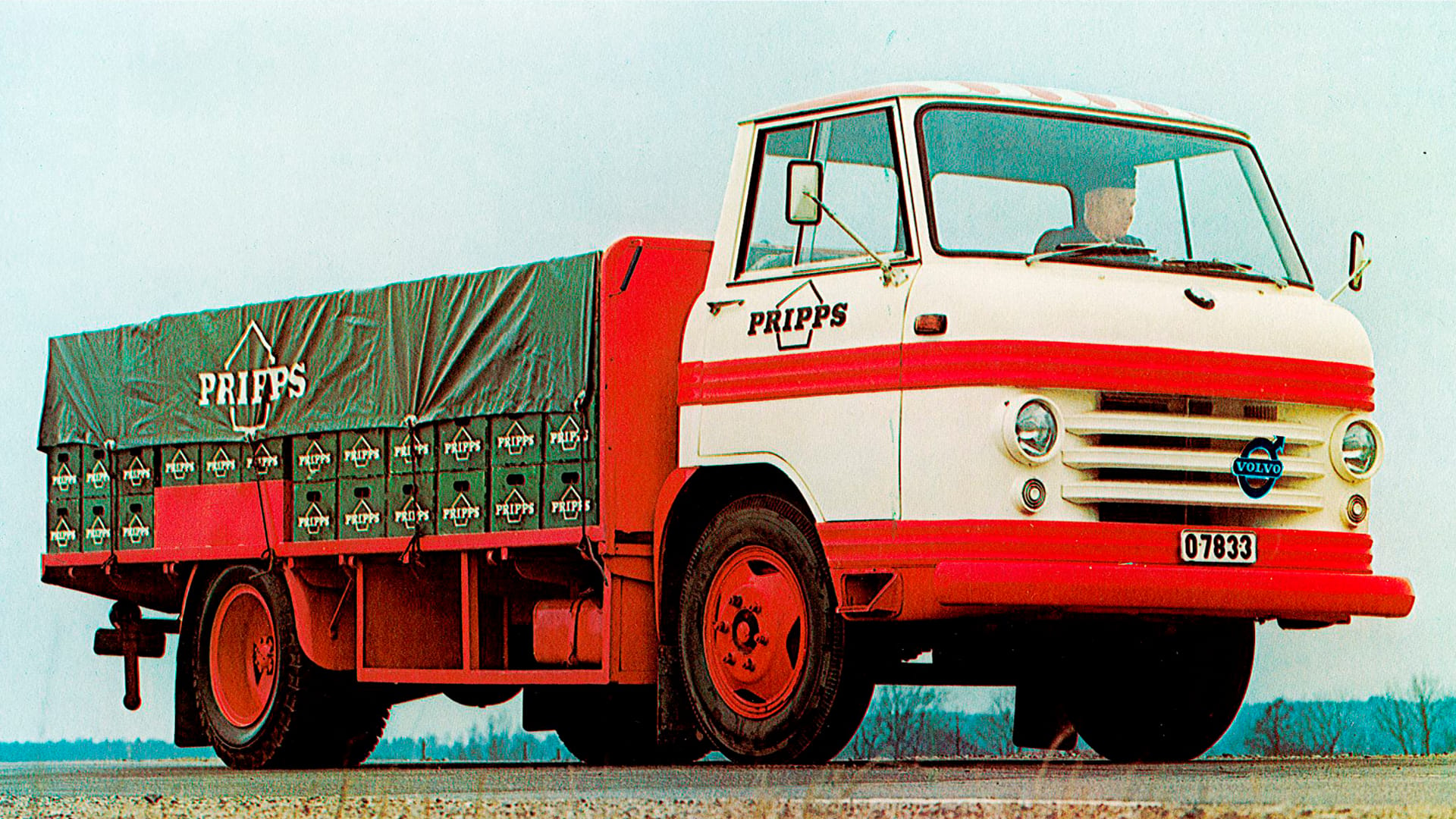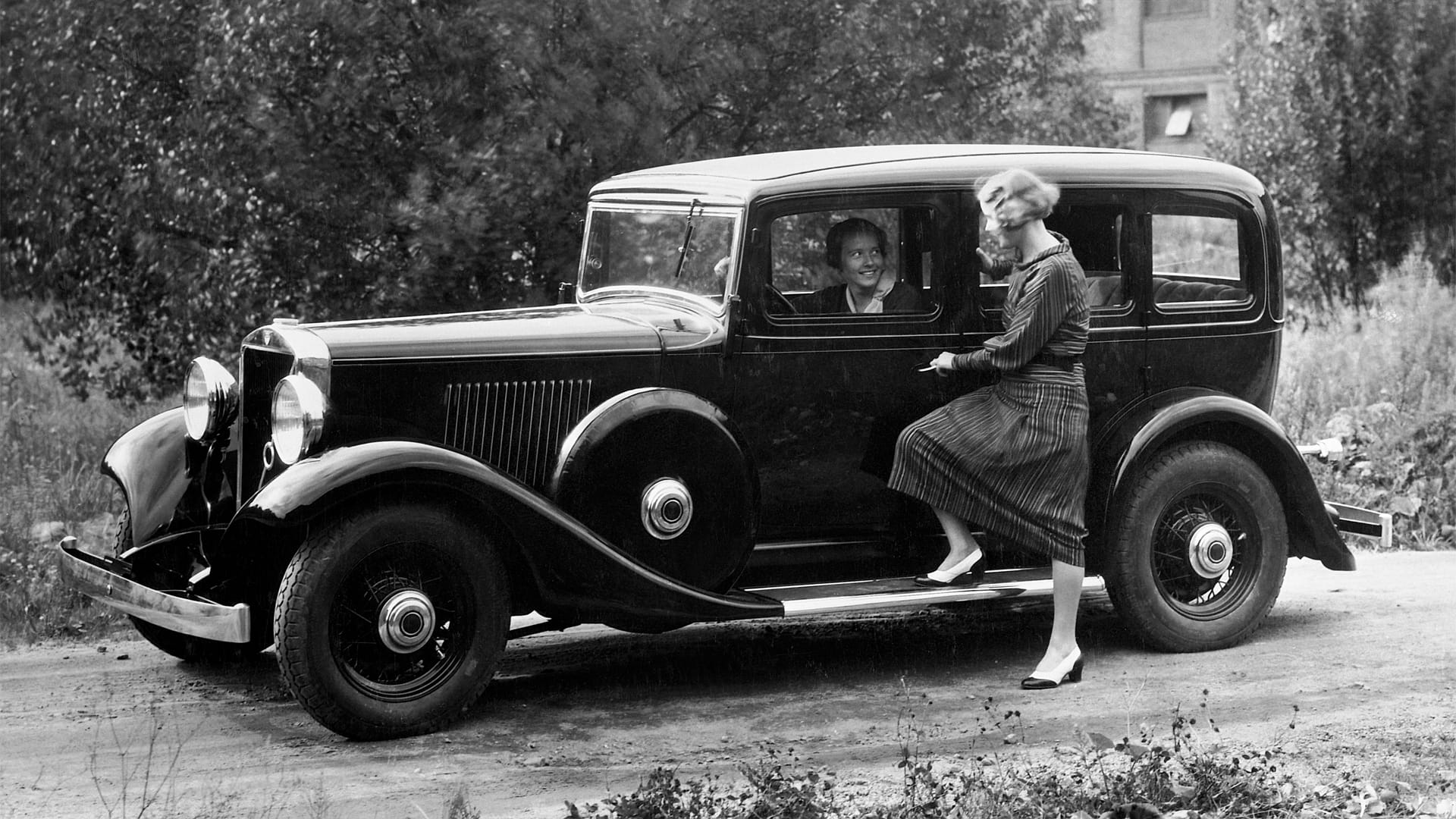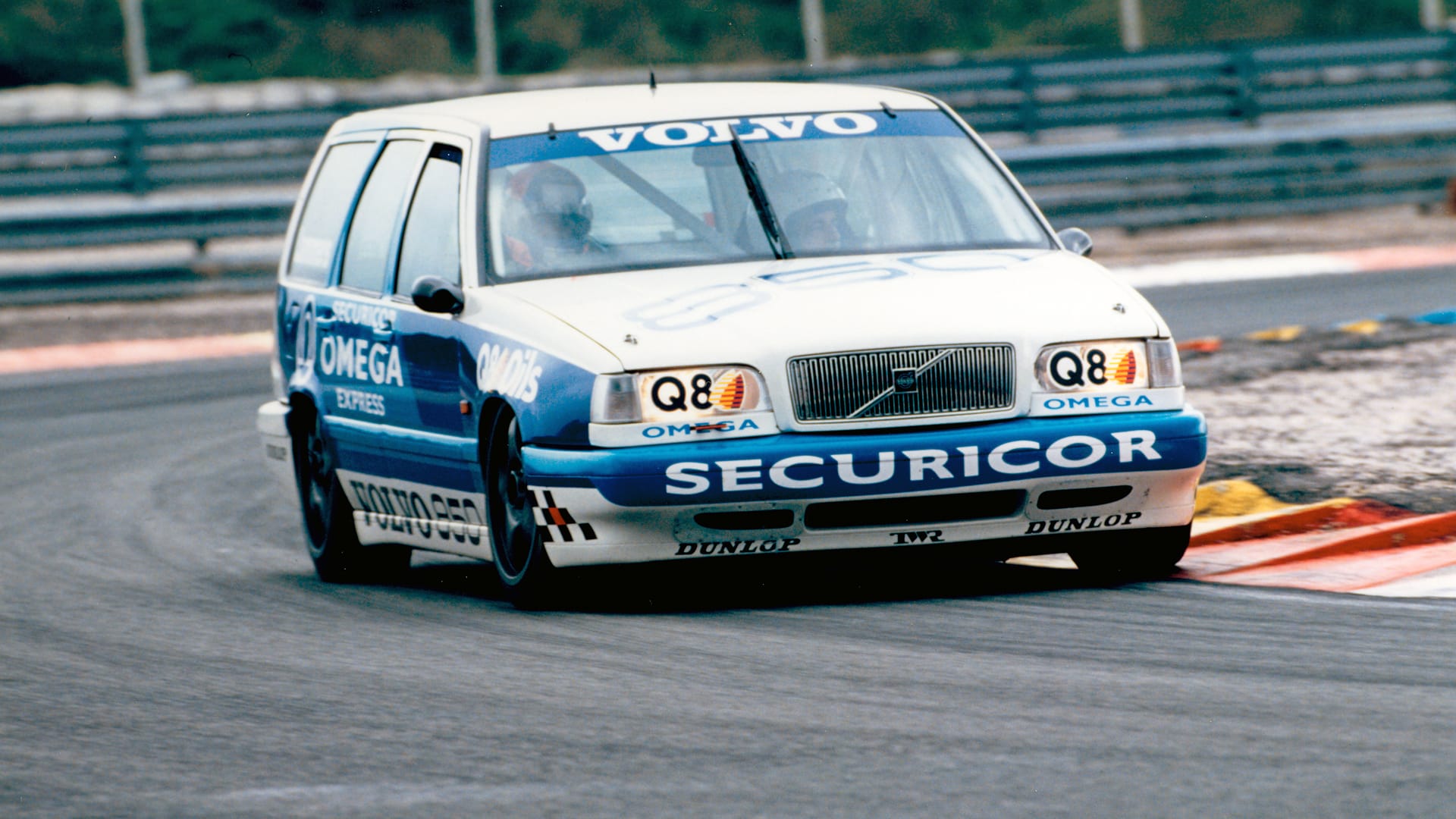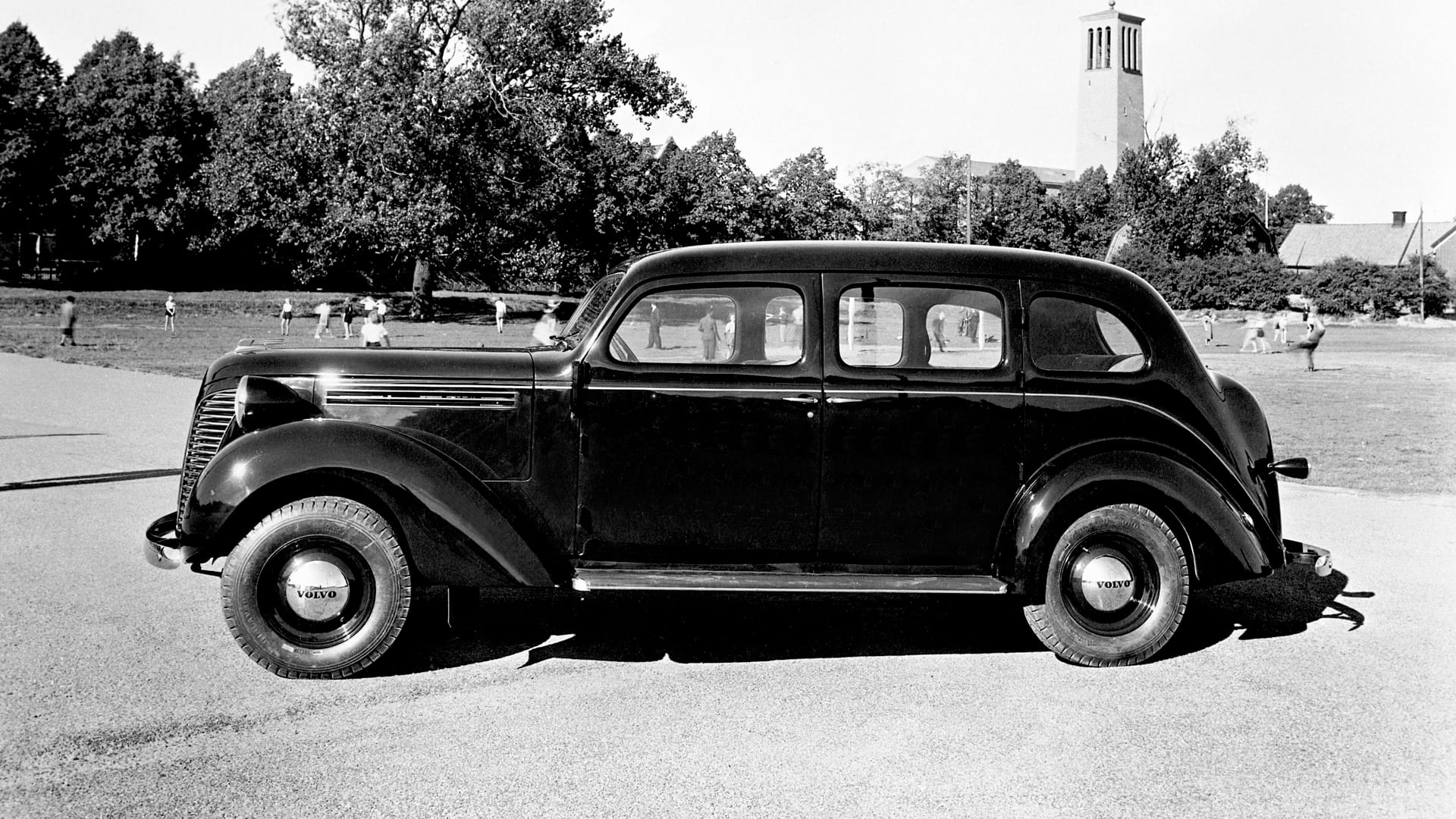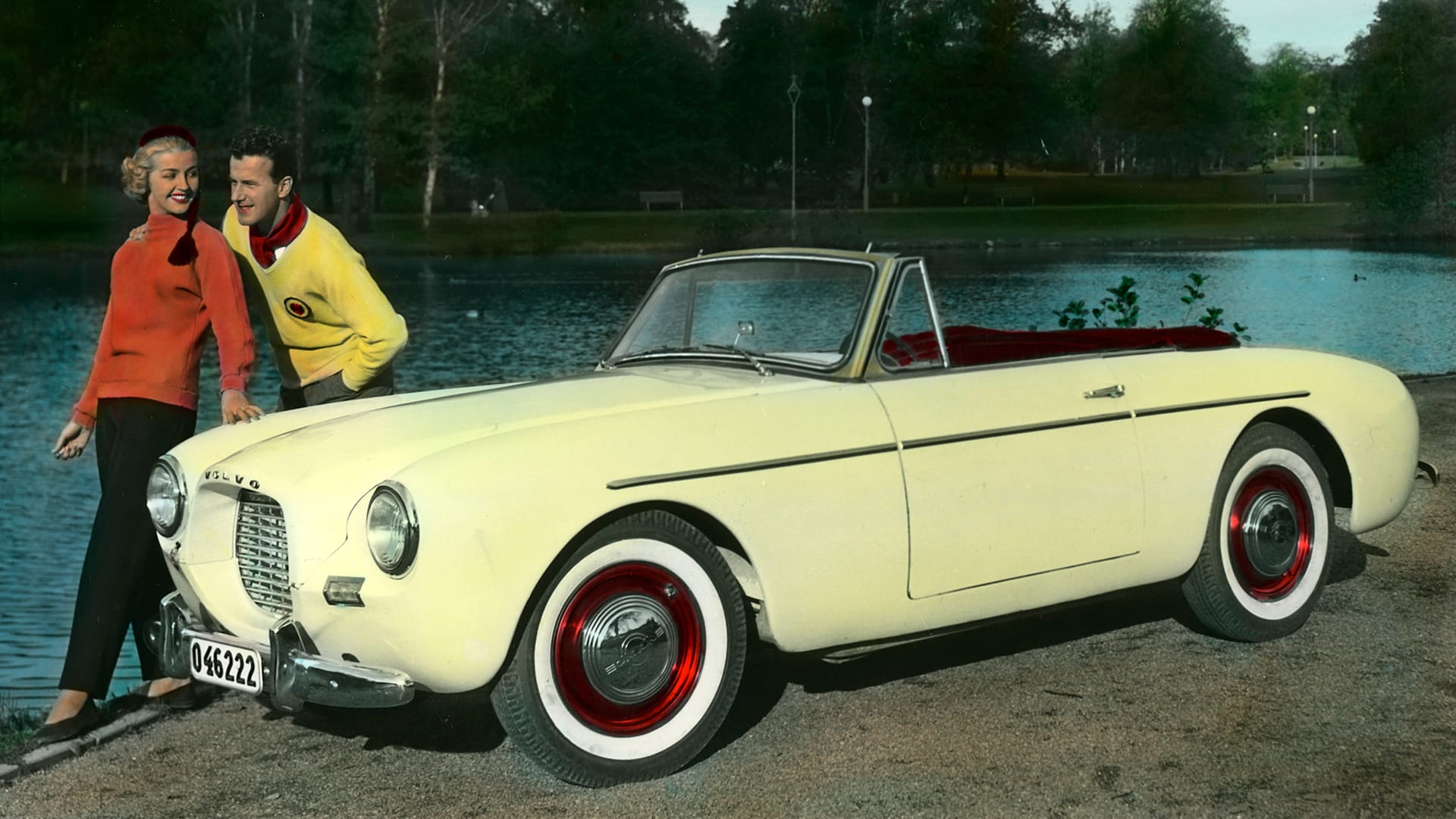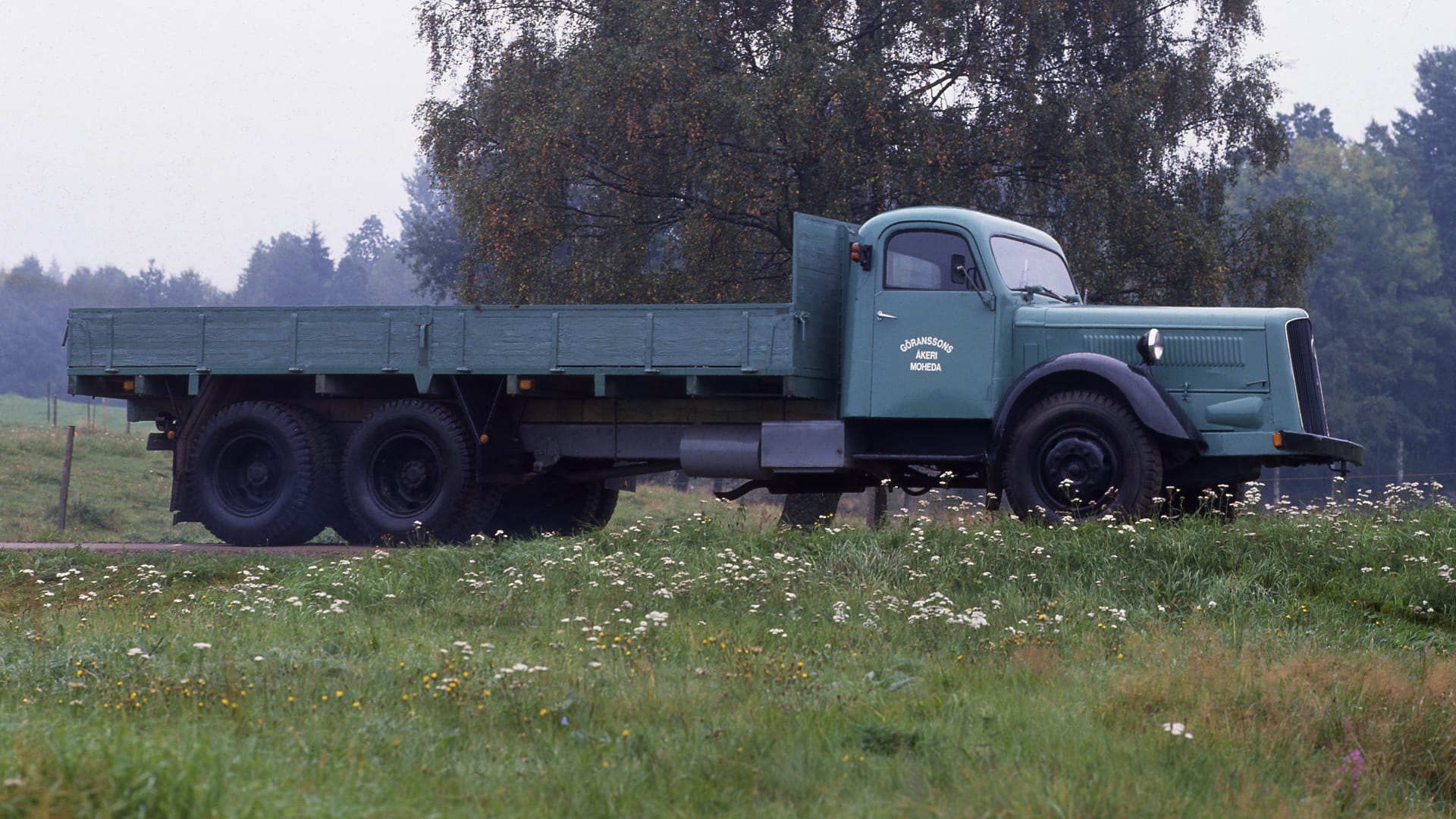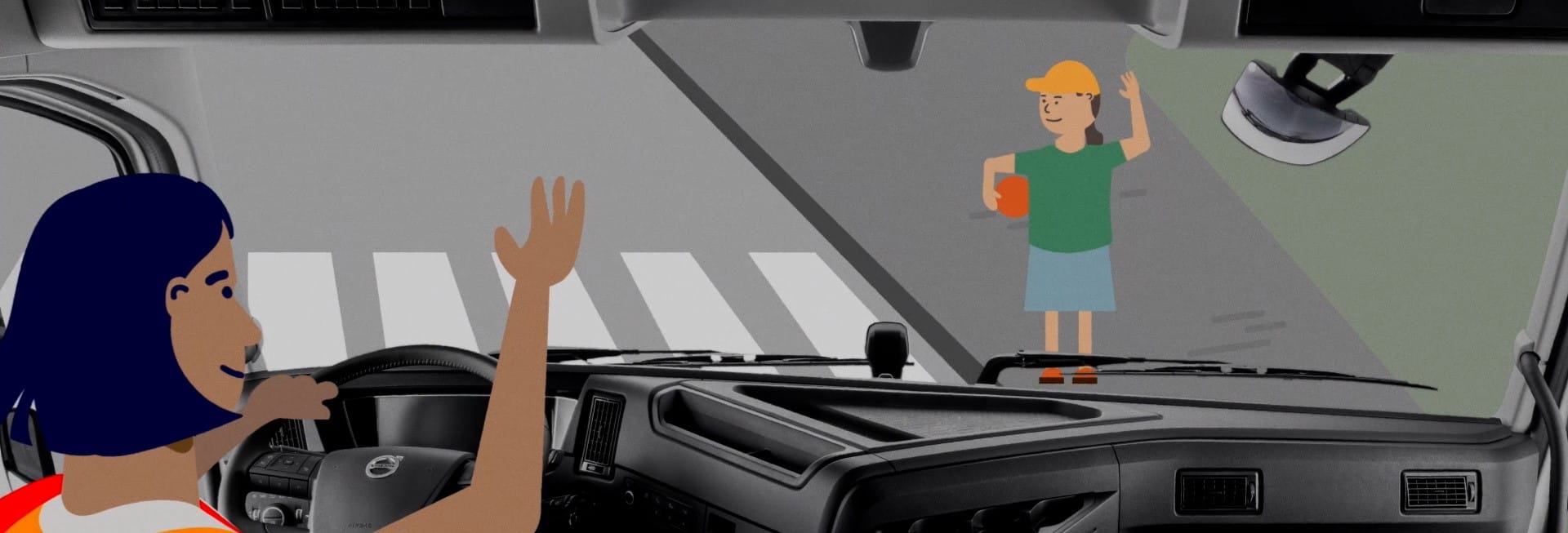Volvo L224
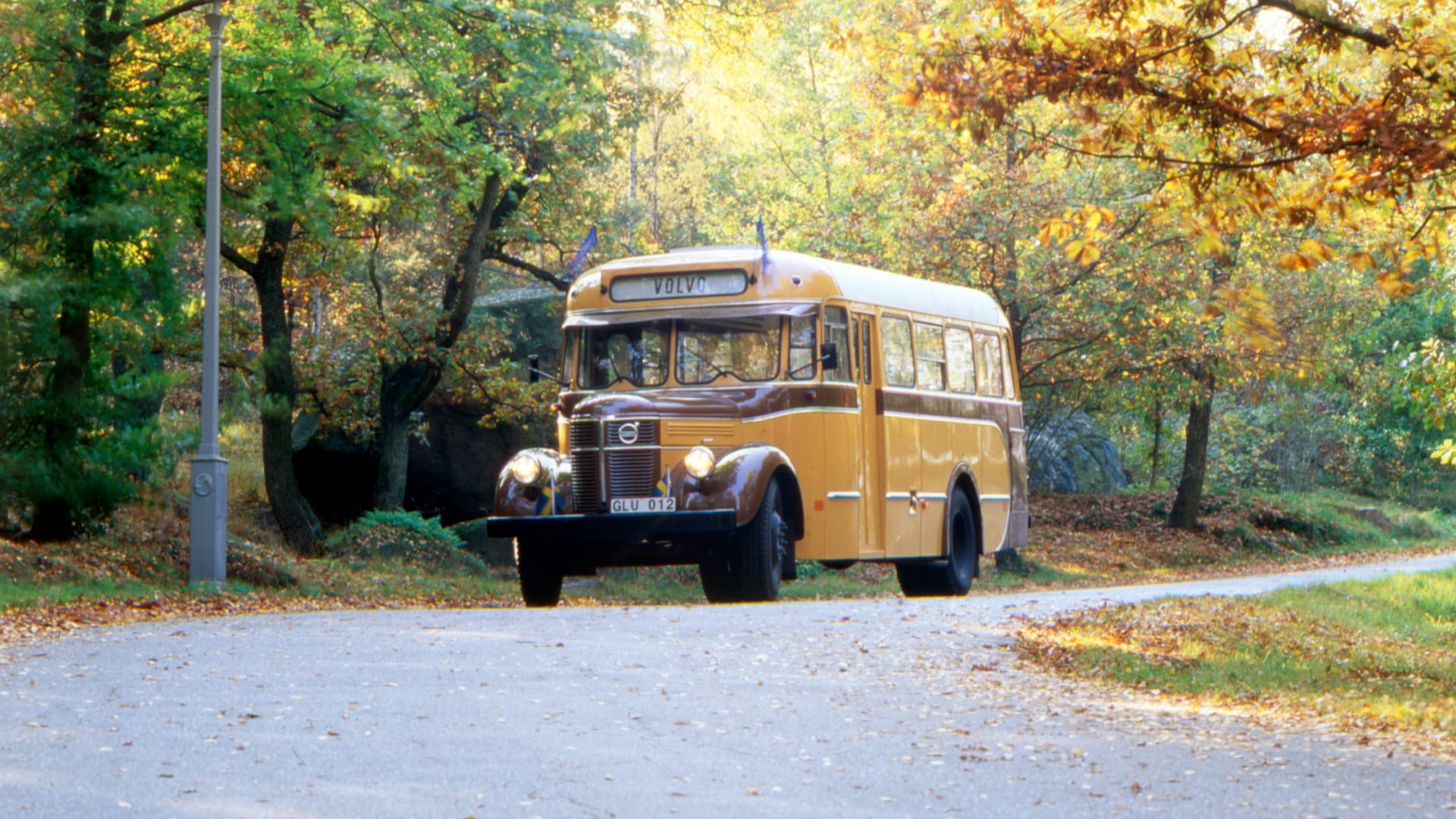
Timeless elegance from the 1950s
Right up until the 2020s, Volvo hosts VIP guests in this bus. It's from 1954, a time when every other journey happens by public transport. It accommodates 23 seats, plus individual seats for the driver and conductor.
The first thing passengers encounter when boarding is a sign with the firm message "Spitting on the floor is prohibited". The interior is inspired by trains and planes and includes elegant details in mahogany and aluminium.
When World War II ends in May 1945, the need for new vehicles is enormous. Buses and trains are the alternatives offered to people traveling. It will be a few more years before the car has its big breakthrough. In 1950, public transport accounts for 50 percent of people's journeys; today, the share is down to 20 percent. Volvo is the sole manufacturer of this type of bus in the 1950s, at the same time as demand grows. The technical basis is a version of the Rundnos truck, which first appears in 1939.
Bathing bus
Volvo's VIP bus has number 1 out of the 250 manufactured in 1954. It has 23 seats, plus individual seats for the driver and conductor. The rows of seats along the aisle typically have two seats, but one of them is slightly shifted longitudinally to provide better width. A smart solution for increased comfort. The driver has a swivel seat. The interior is clearly inspired by trains and planes, with details in wood and aluminium. The bus is bought new in 1954 by Snäckgärdsbaden on Gotland, to transport beachgoers from central Visby to the sea north of town. Four years later, the bus is sold to Visby Bus & Taxi and arrives at Volvo's museum in the late 1980s.
Wooden body
The L224 has a 3.7-liter ED petrol engine, with a power output of 90 hp and a non-synchronized four-speed gearbox. Volvo provides the chassis and driveline. The body for the bus is built by Skeningeverken in Skänninge, a company started by four bus companies in Närke and Östergötland in 1947. The aim is to manufacture bodies for their own buses, but also for other customers – demand is, as mentioned, high. Constructions of laminated wood and plywood are very common at this time. Airplanes, boats, furniture, even holiday homes are manufactured in this way, and the technique is considered particularly suitable for vehicles, as the bodies become lightweight, flexible, and quiet.
Pegamoid roof
At Skeningeverken, standard elements of wood and plywood are used, making it easy to manufacture different bodies. The floors for the buses are built with transverse lightweight steel profiles covered with grooved timber. The roof is made of pegamoid, a type of artificial leather that is then coated with linseed oil or tar. This proves to be the weak point of the construction. When the body twists during driving, cracks occur in the leather, leading to leaks and moisture damage. Many bodies from Skeningeverken don't even reach ten years old.
Bank buses
The company also manufactures other buses that receive significant attention. As new residential areas emerge in Stockholm's various suburbs, the bank Stockholm Sparbank purchases three special buses to use as mobile offices, to easily serve more areas. Customers board from the back, where there is a salon with armchairs for waiting. Across the bus is a service counter, and in front of it is the driver's cab. The buses are built on a Volvo chassis. This is also the case for the famous Gevalia bus (Gevalia is a Swedish coffee brand) more precisely a Volvo Viking L387 from 1956, where the cab is designed like a coffee pot.
